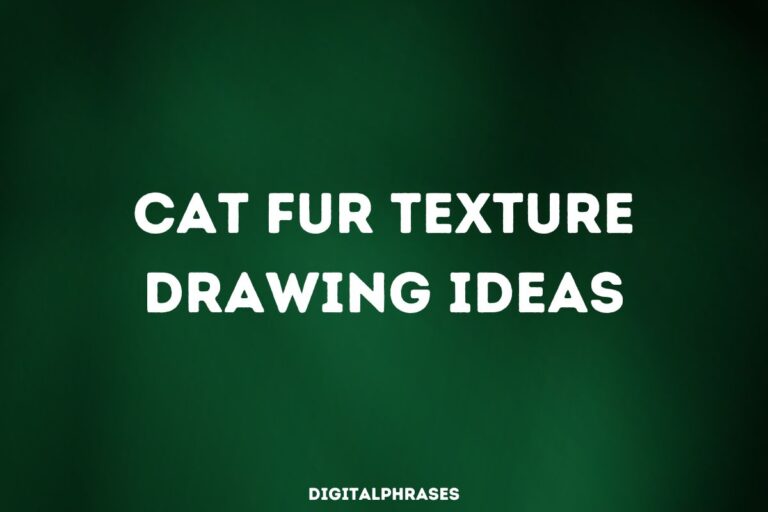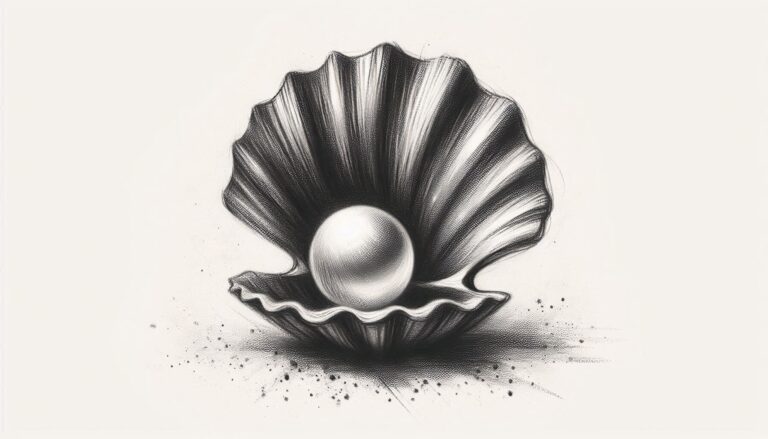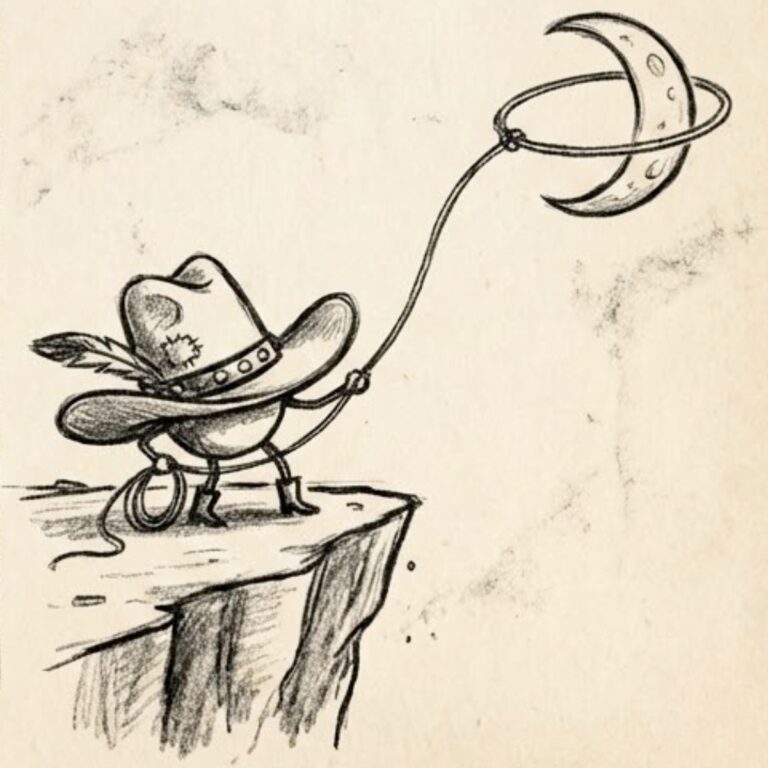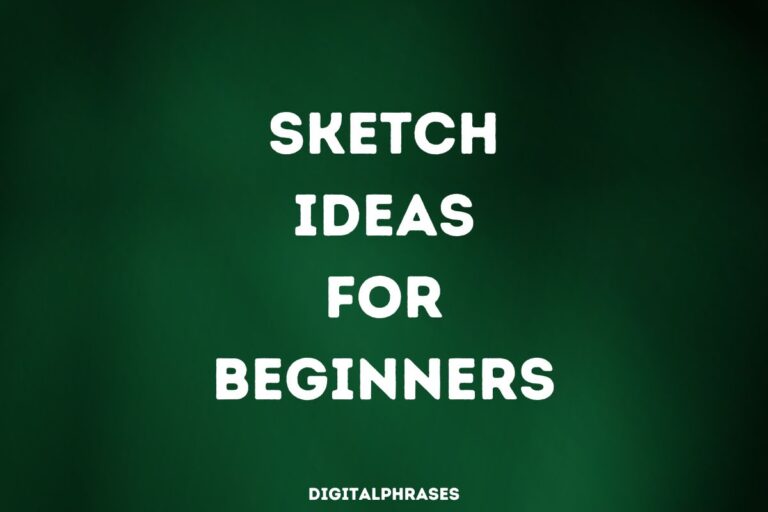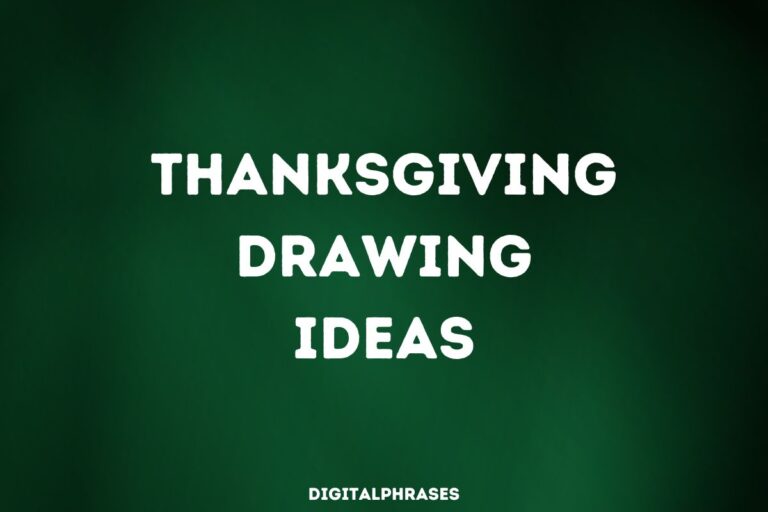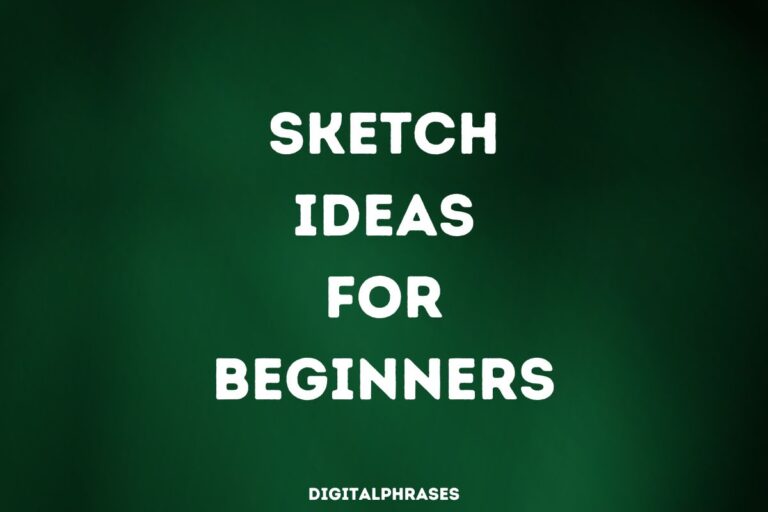60 Vintage Drawing Ideas
Imagine stepping into a time machine, where every stroke of your pencil or brush can transport you to a different era—whether it’s the roaring 1920s with its flapper fashion and jazz-age glamour, or the bold and psychedelic 1960s, bursting with vibrant colors and revolutionary art.
Drawing vintage isn’t just about replicating the past; it’s about capturing the essence of bygone days and infusing it with your own creative flair.
In this blog post, we’ll dive into some amazing vintage drawing ideas that will inspire you to blend nostalgia with artistry, bringing the charm of the past into your sketchbook with a modern twist.
So, let’s take a journey through time and discover how you can turn historical inspiration into your next masterpiece!
Pencil Sketches
1
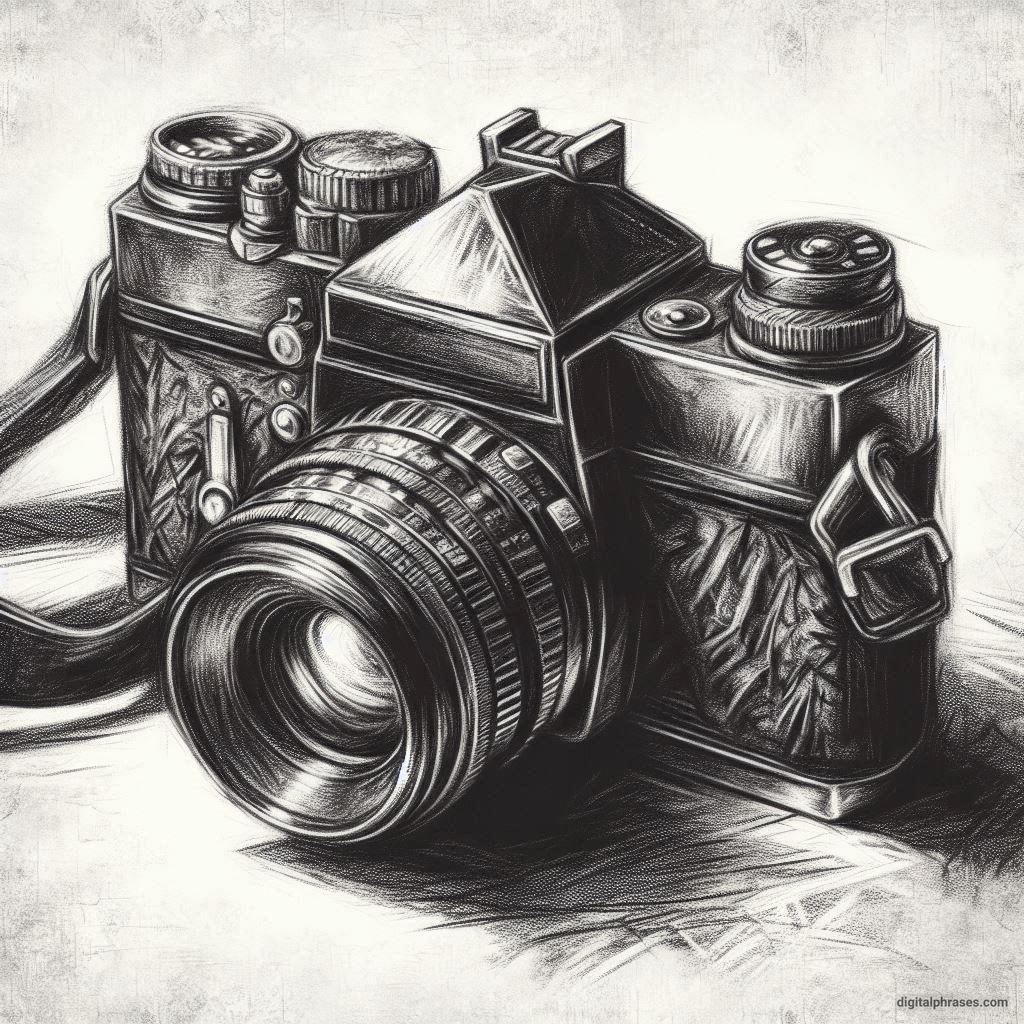
2
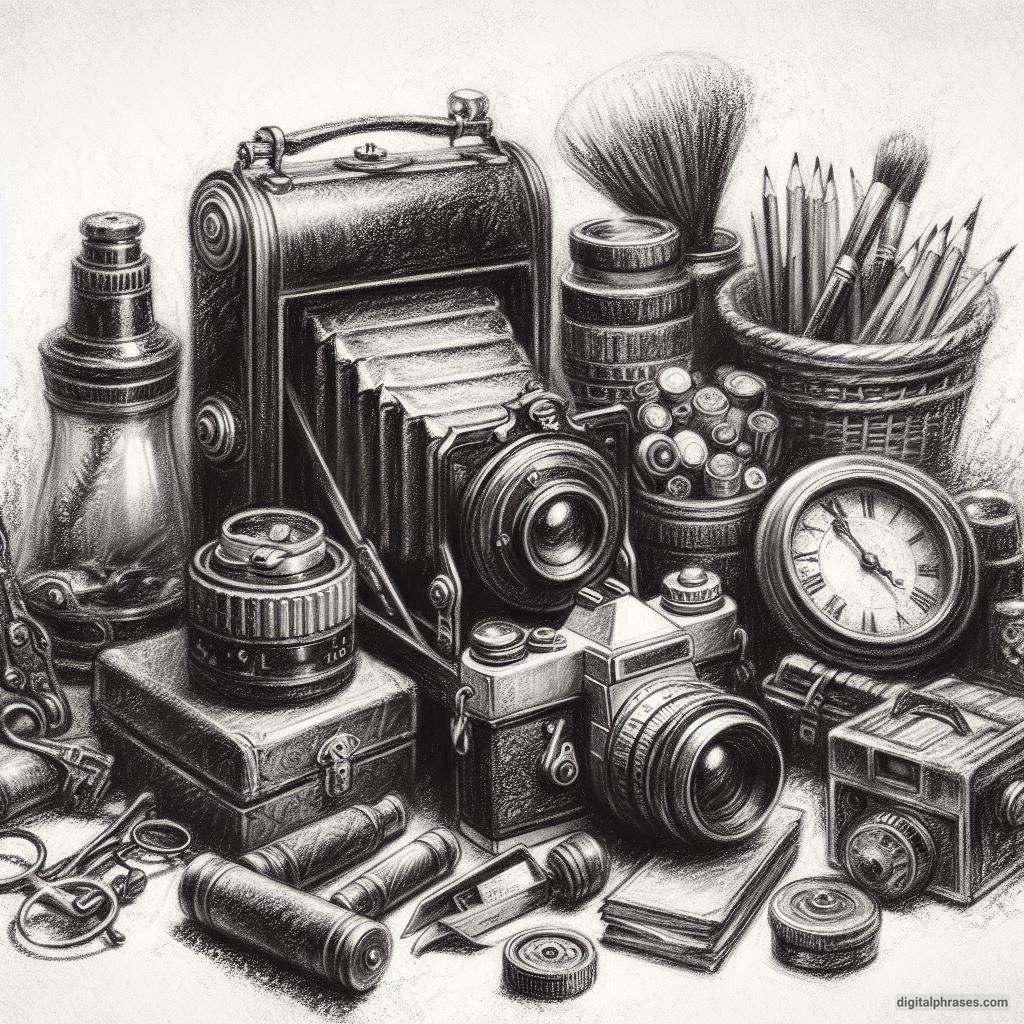
3

4

5
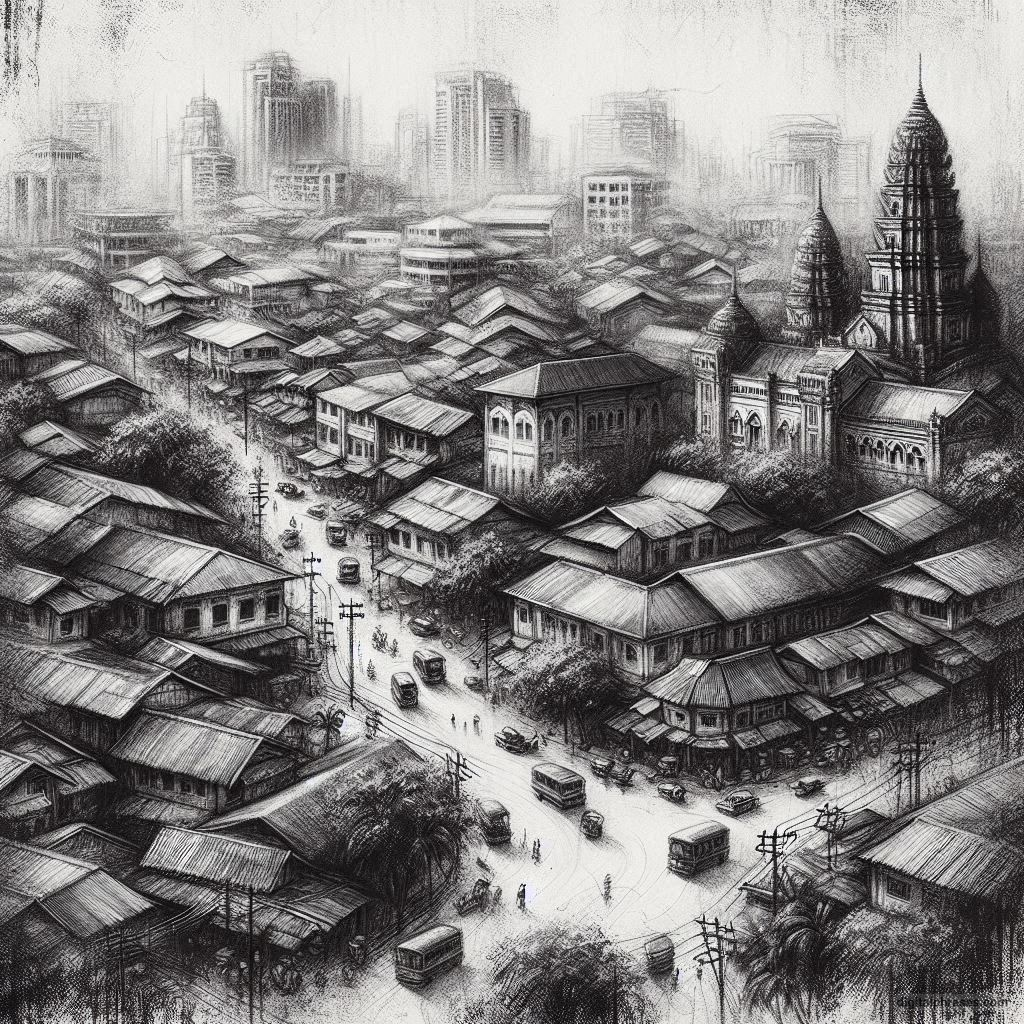
6
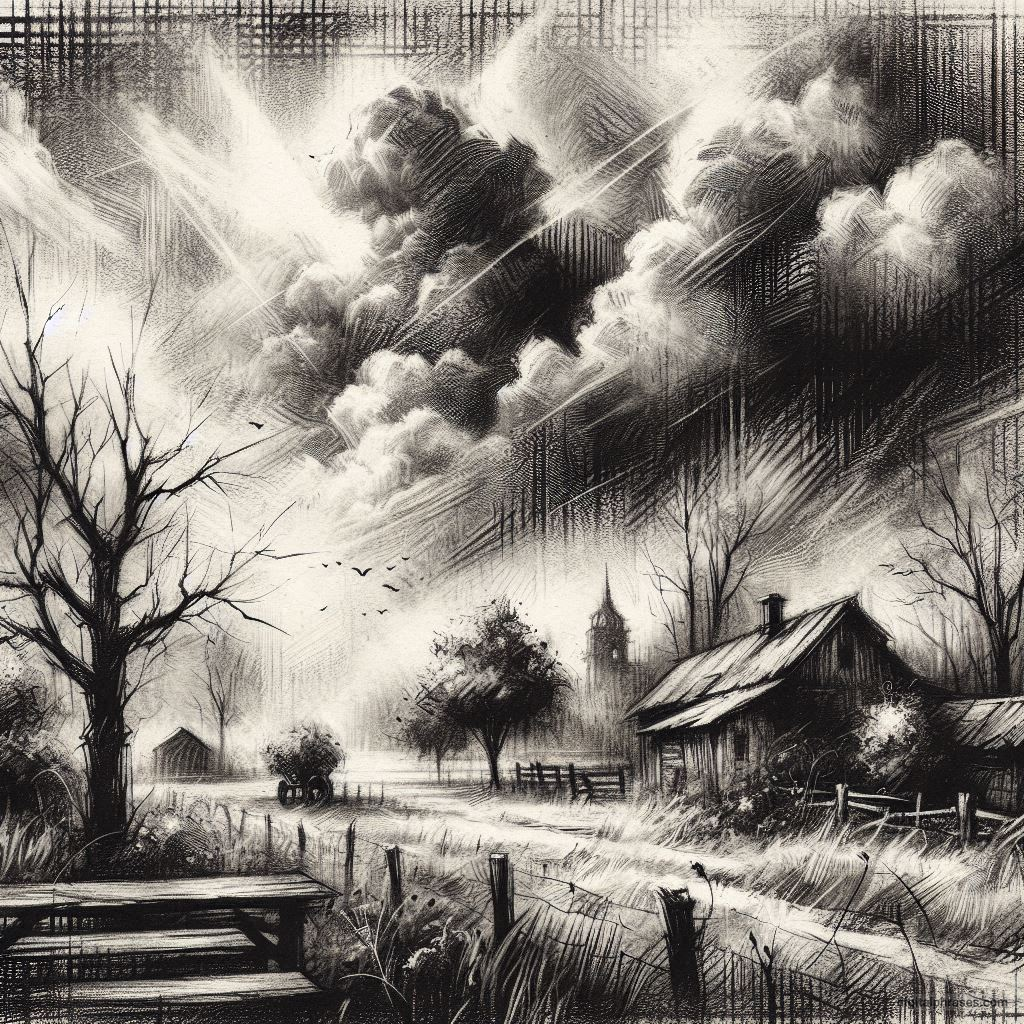
7

8

9
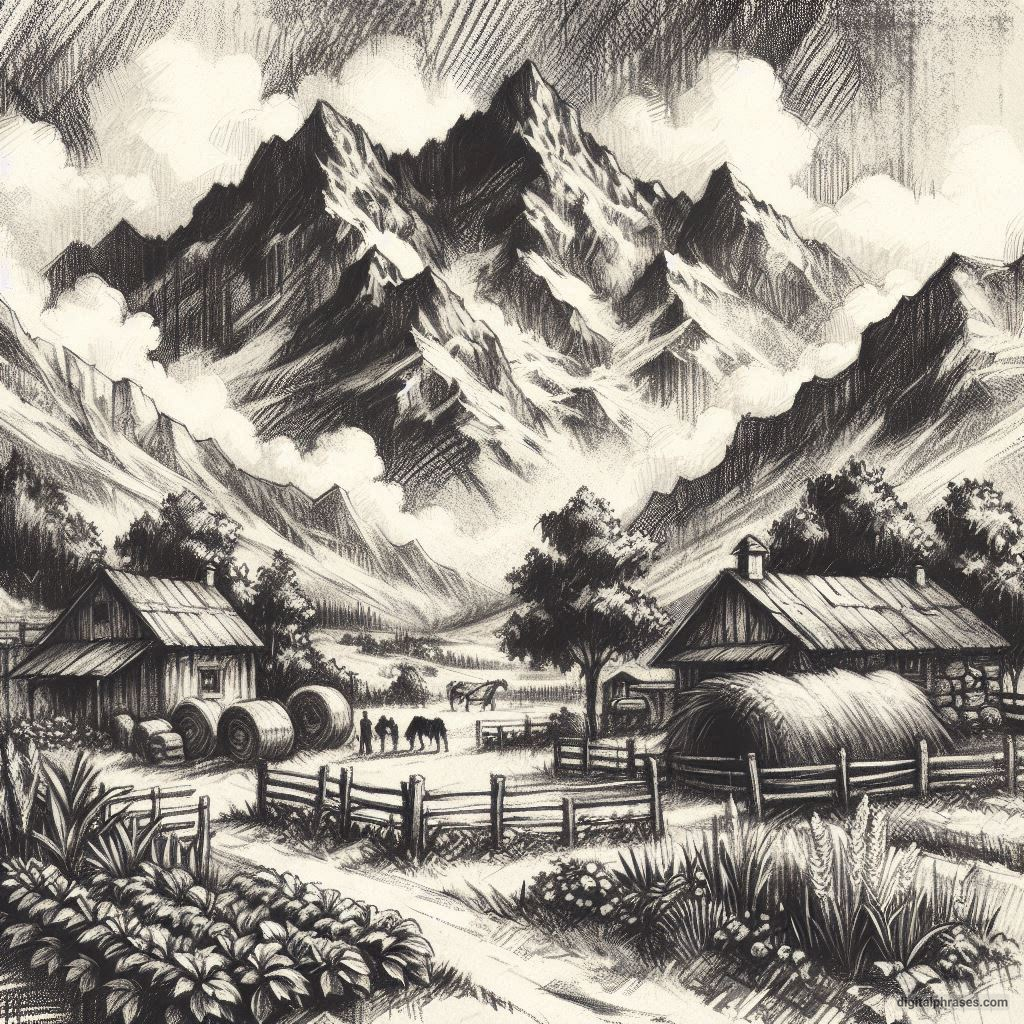
10
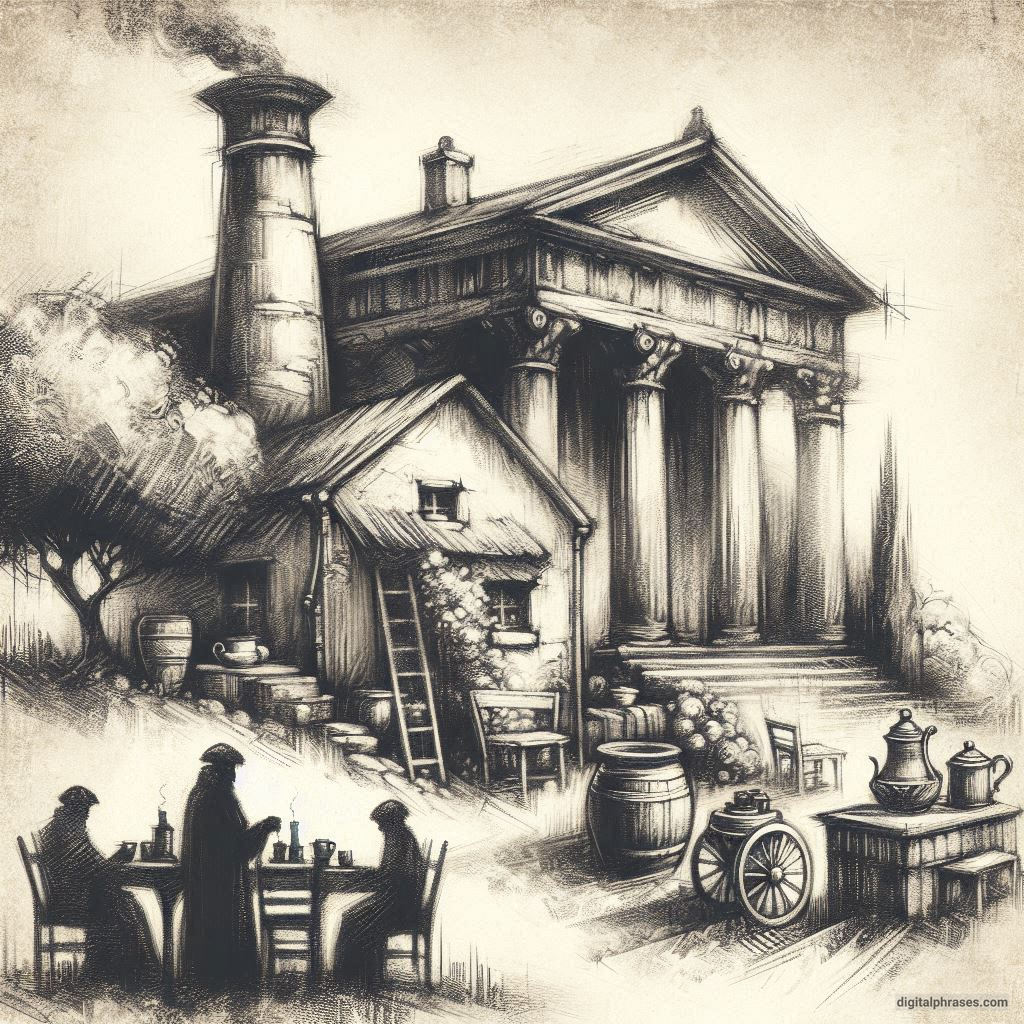
11
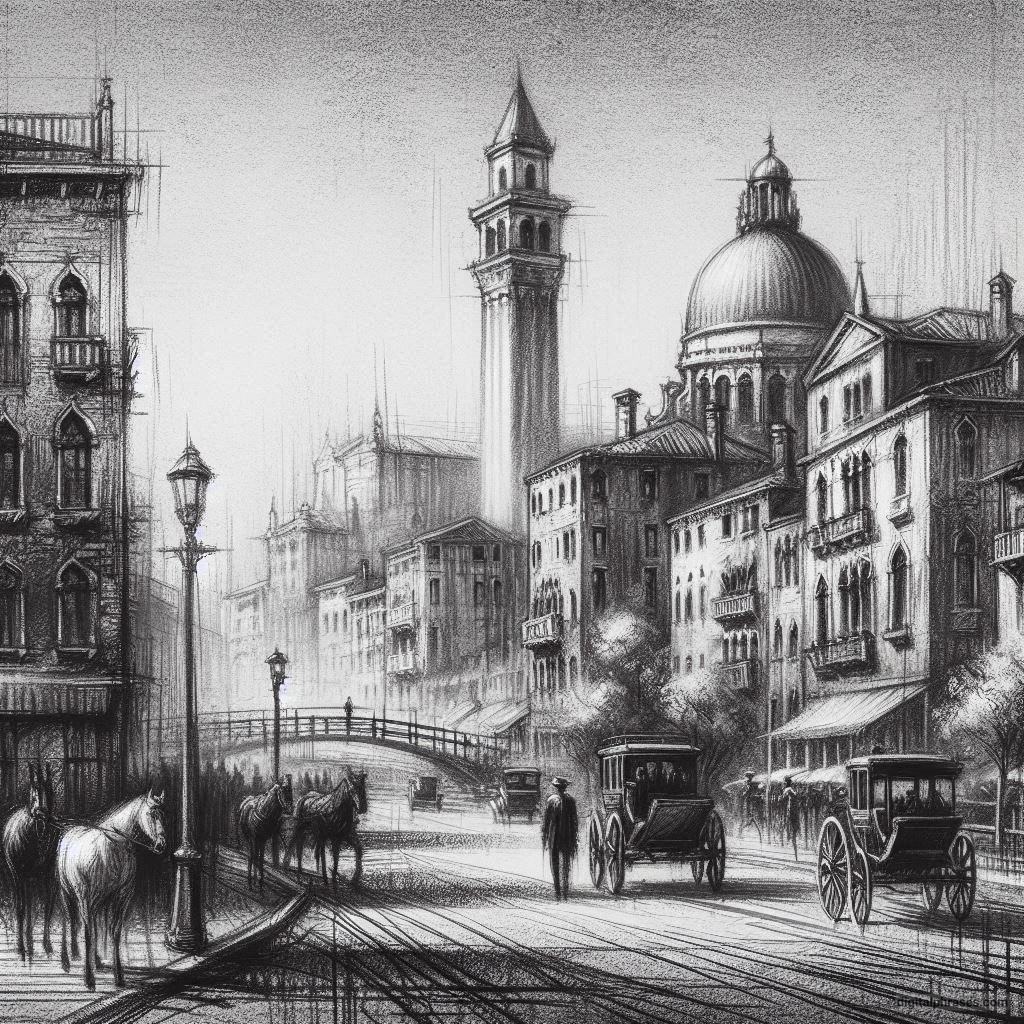
12
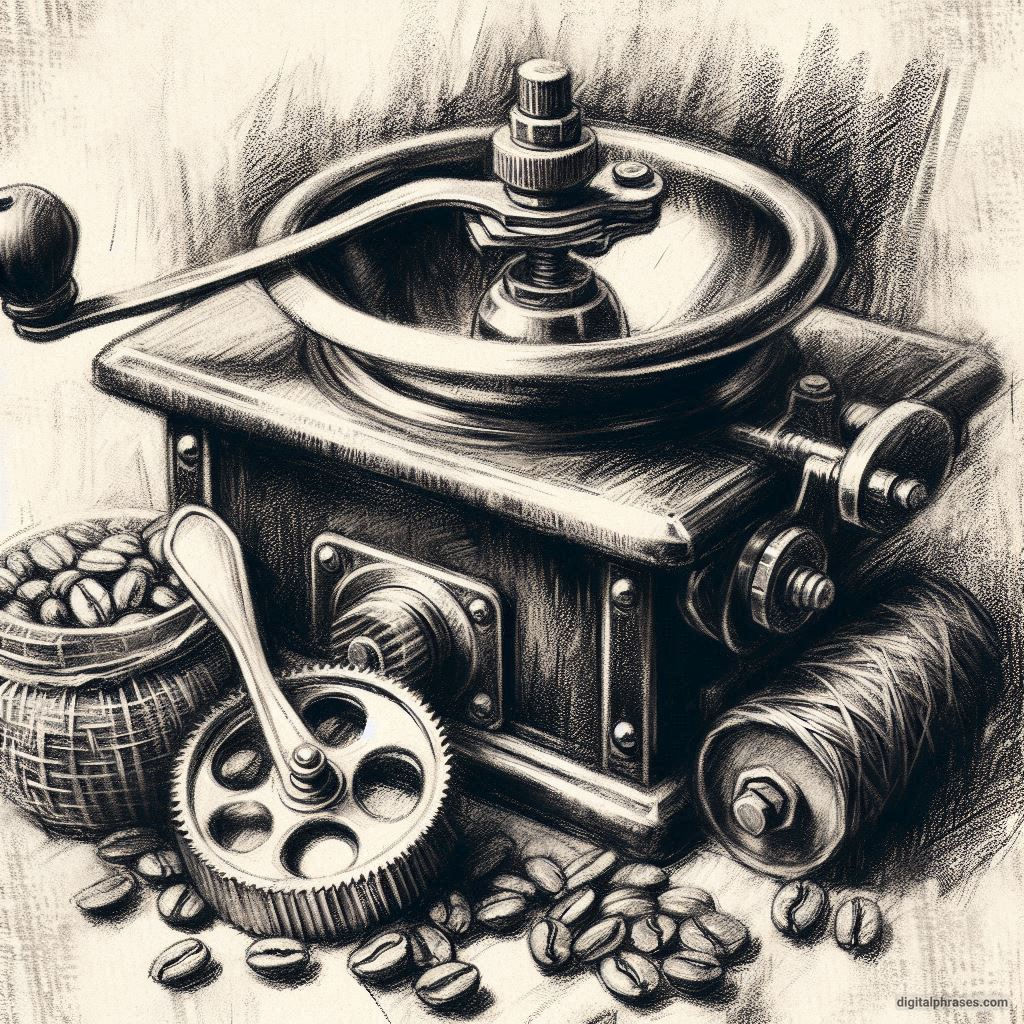
13
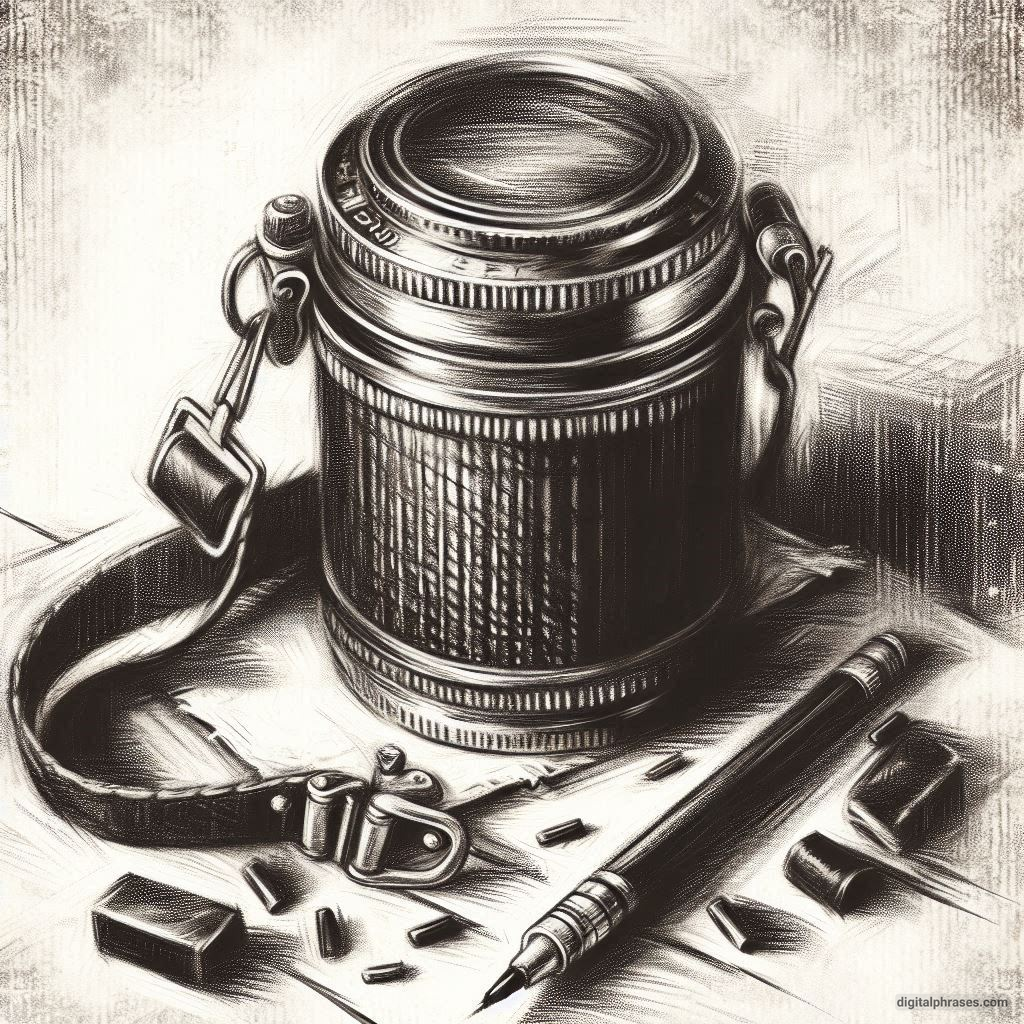
14
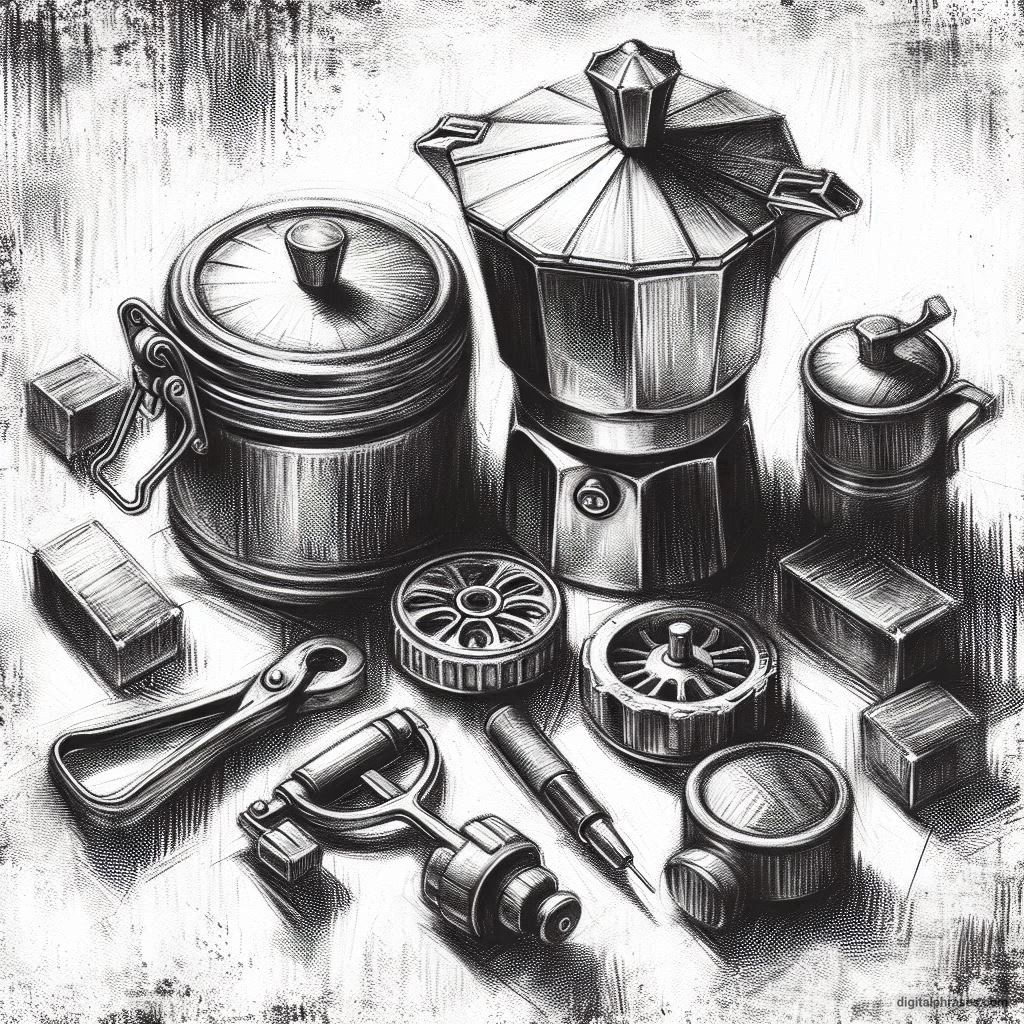
15

16
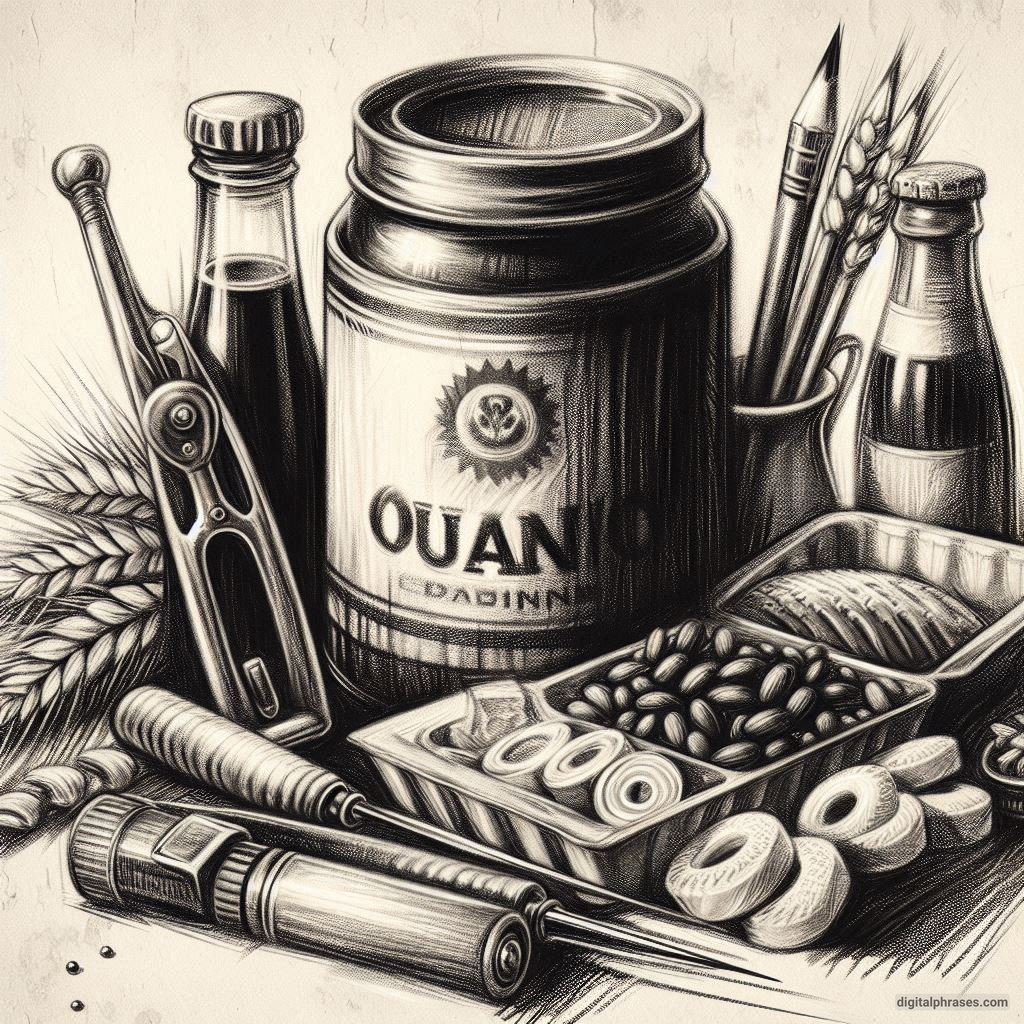
17
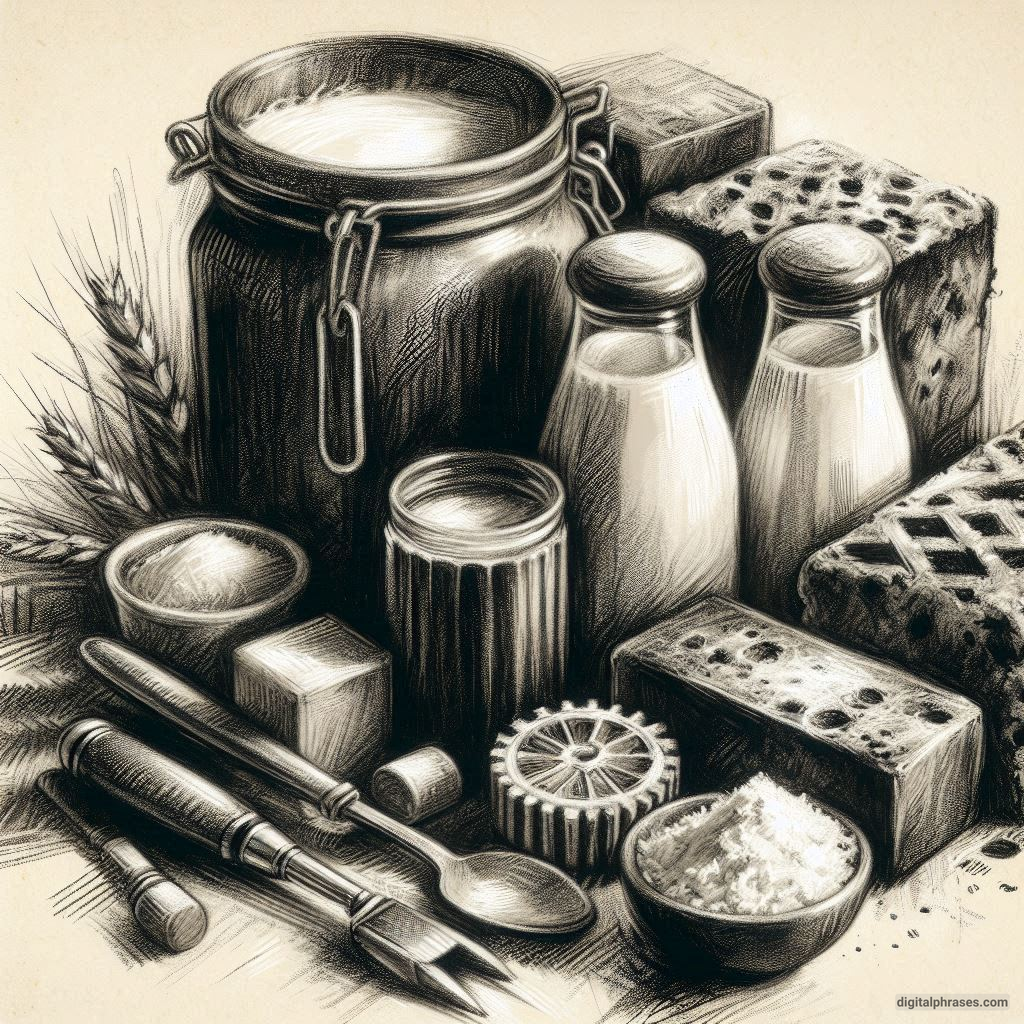
18

19
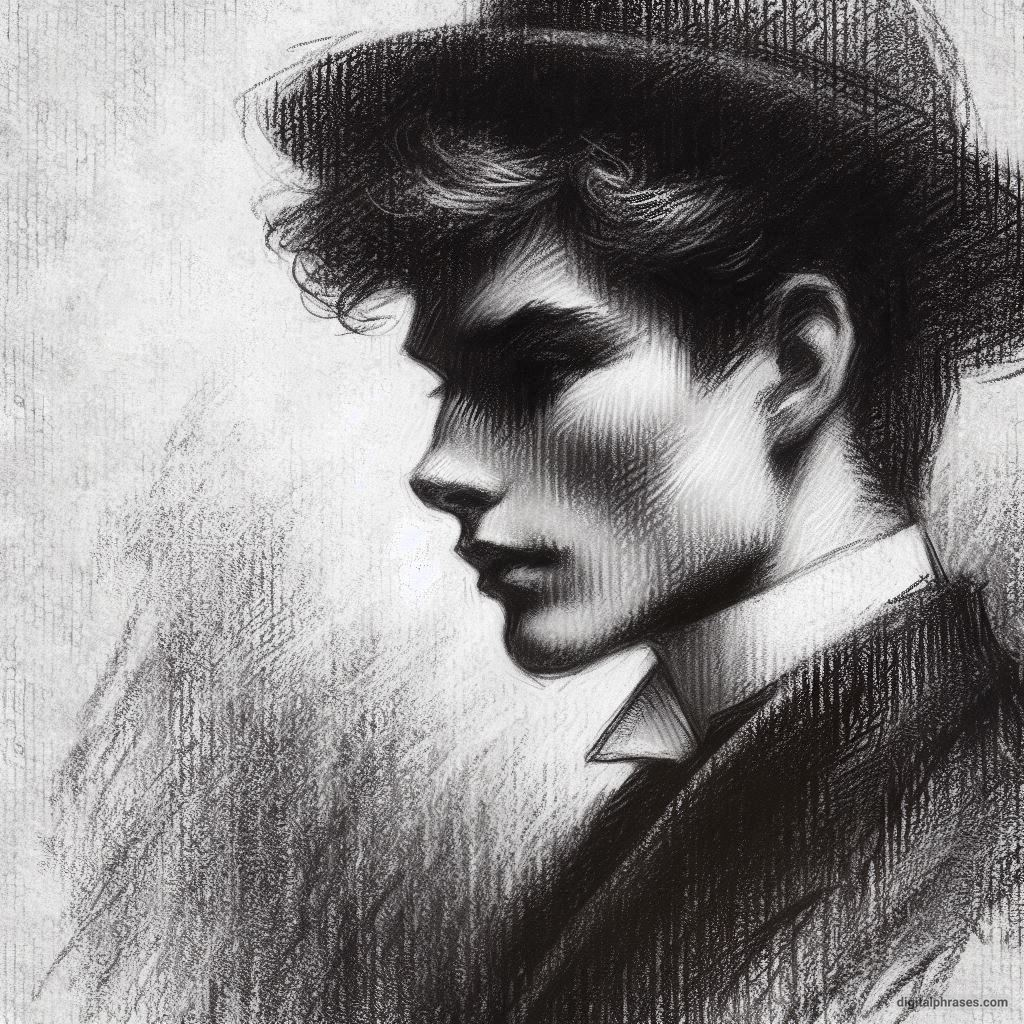
20

21
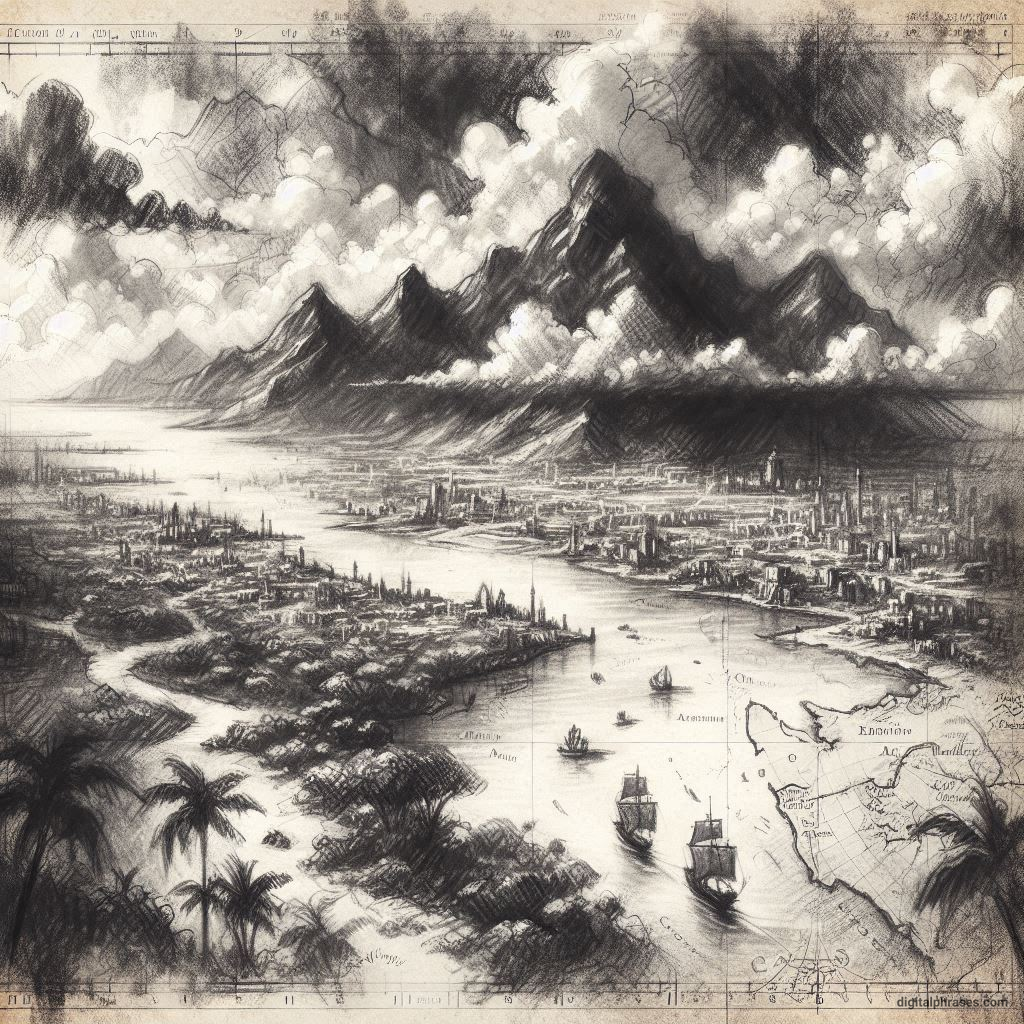
22
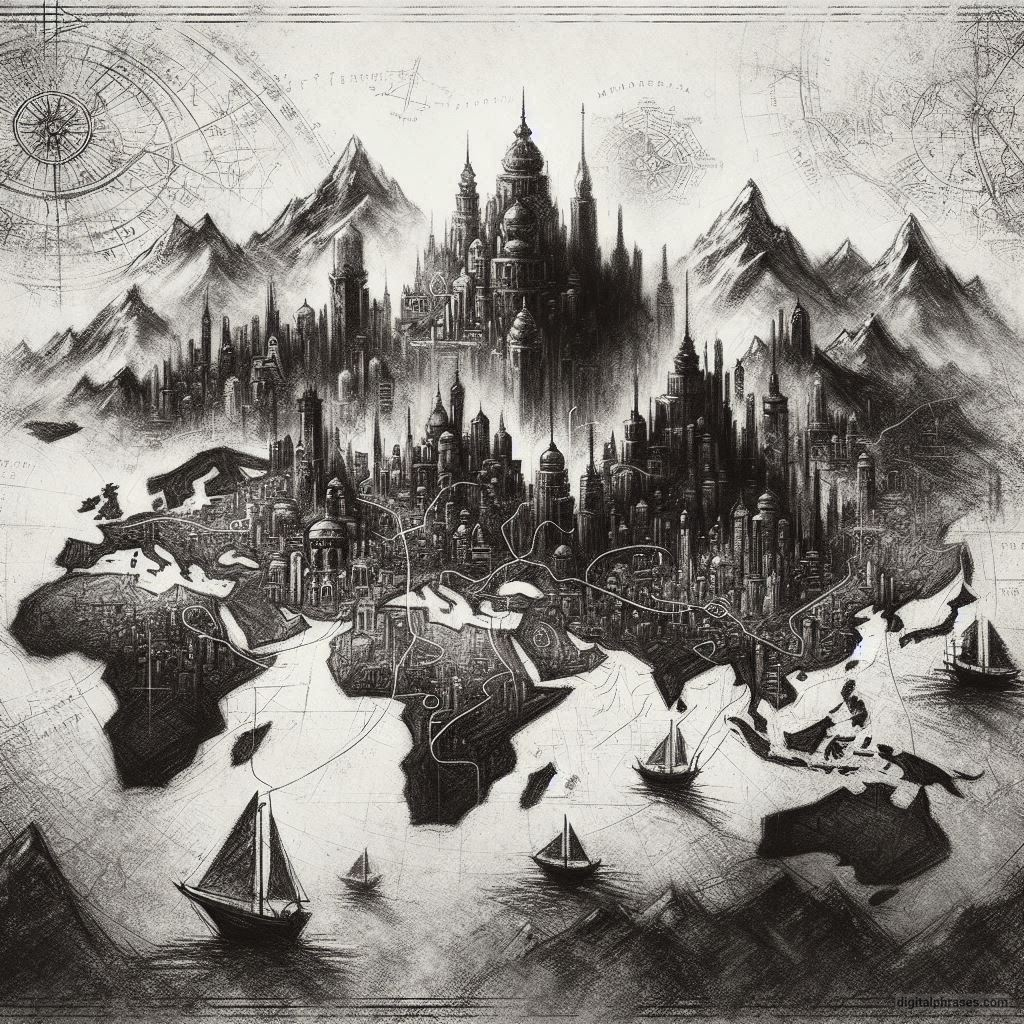
Crayon Sketches
1

2

3
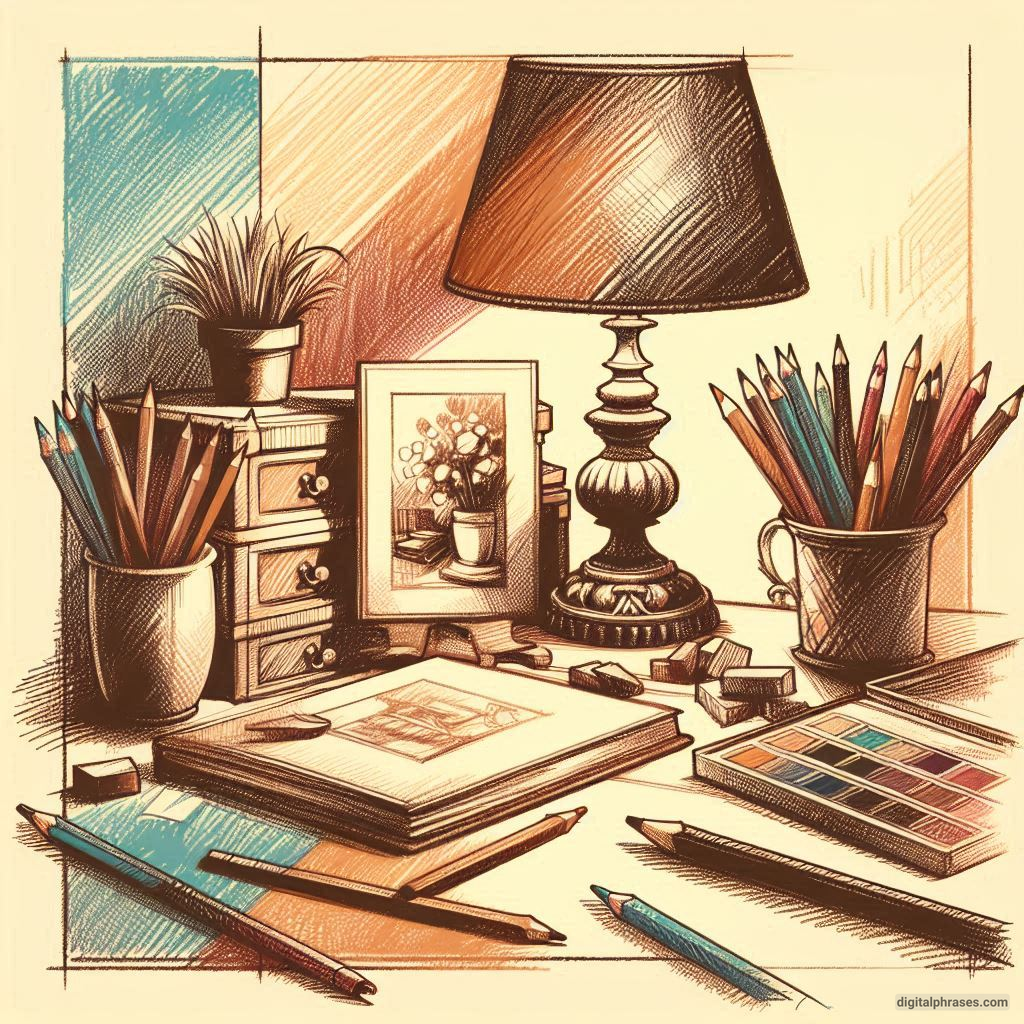
4
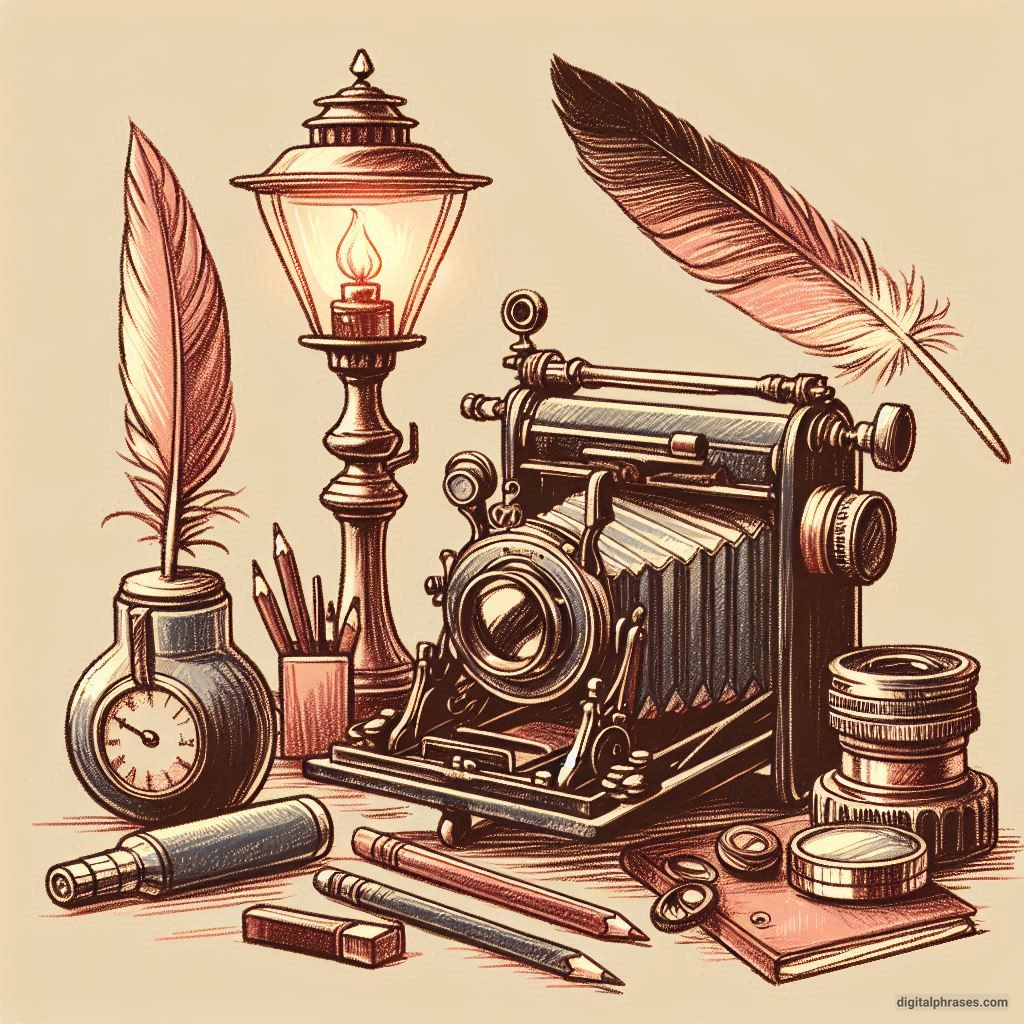
5

6
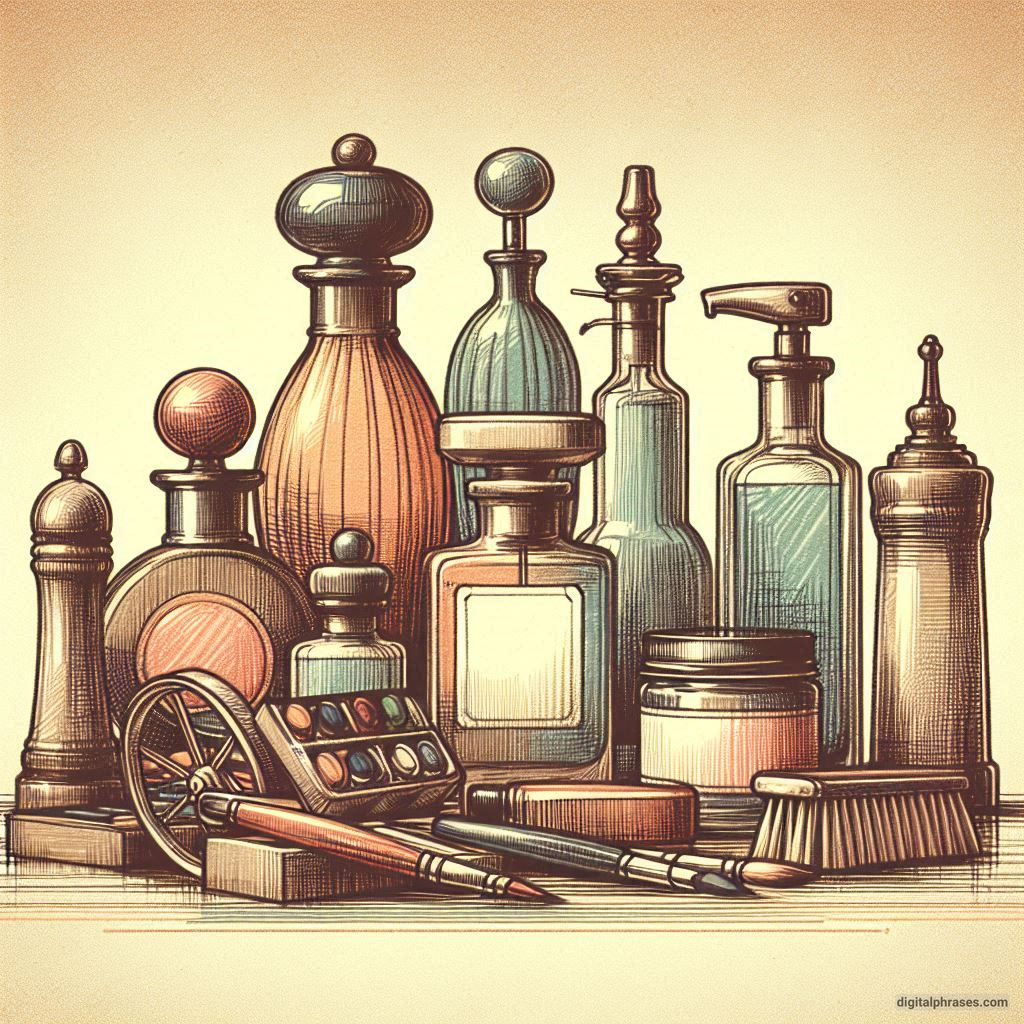
7
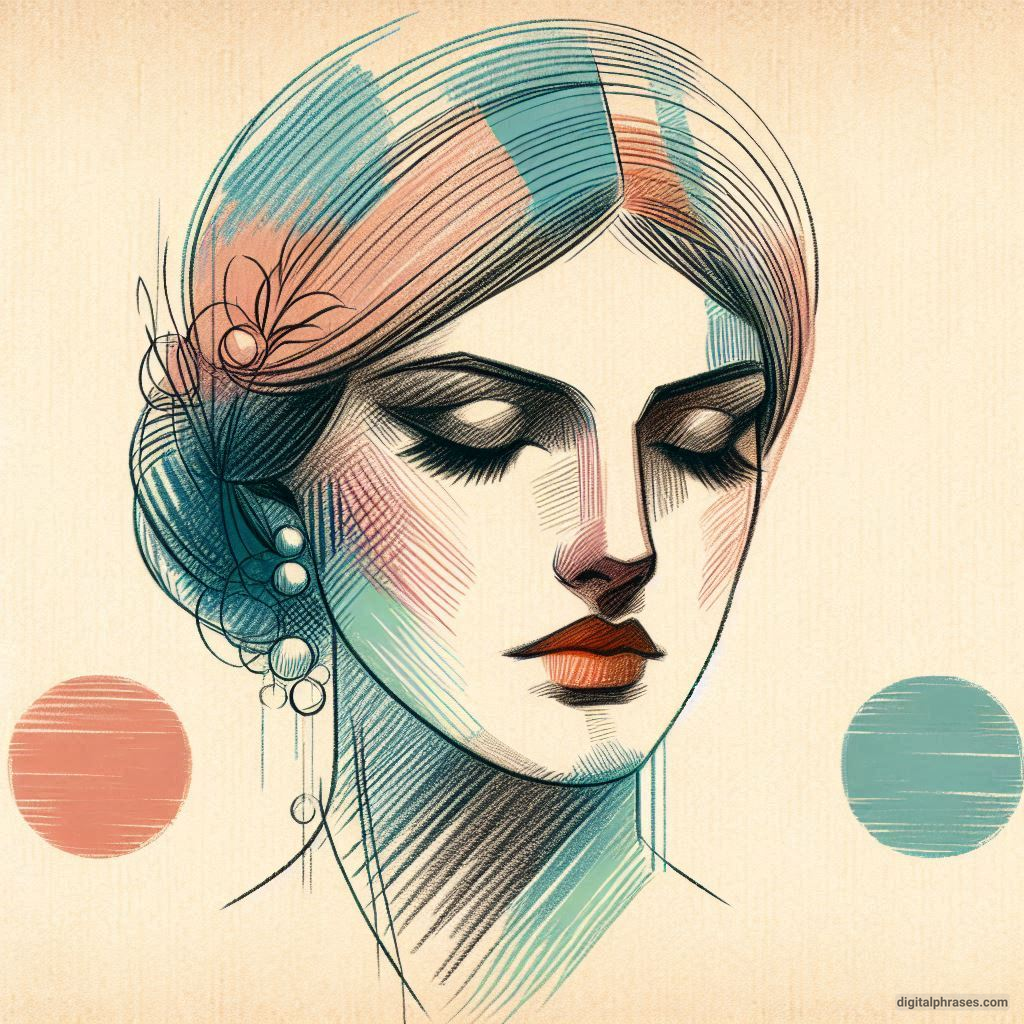
8
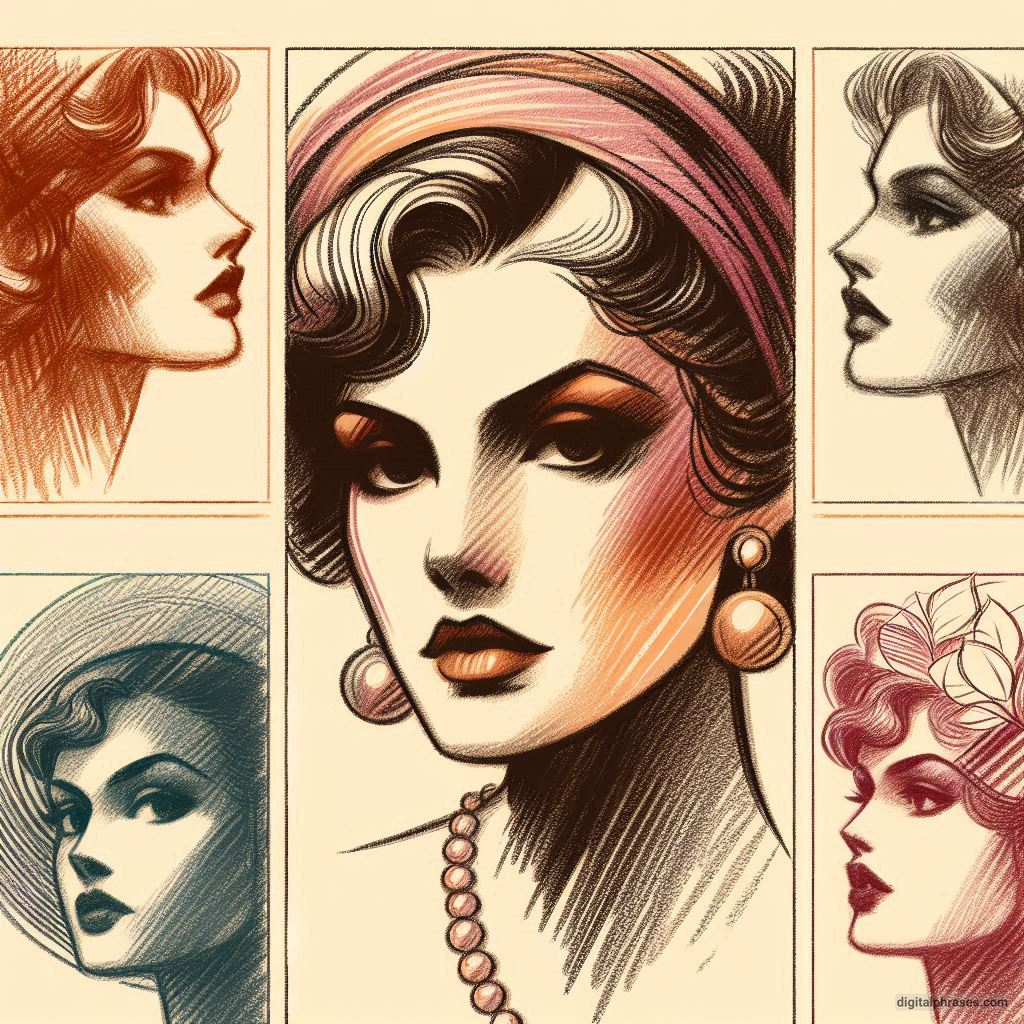
9
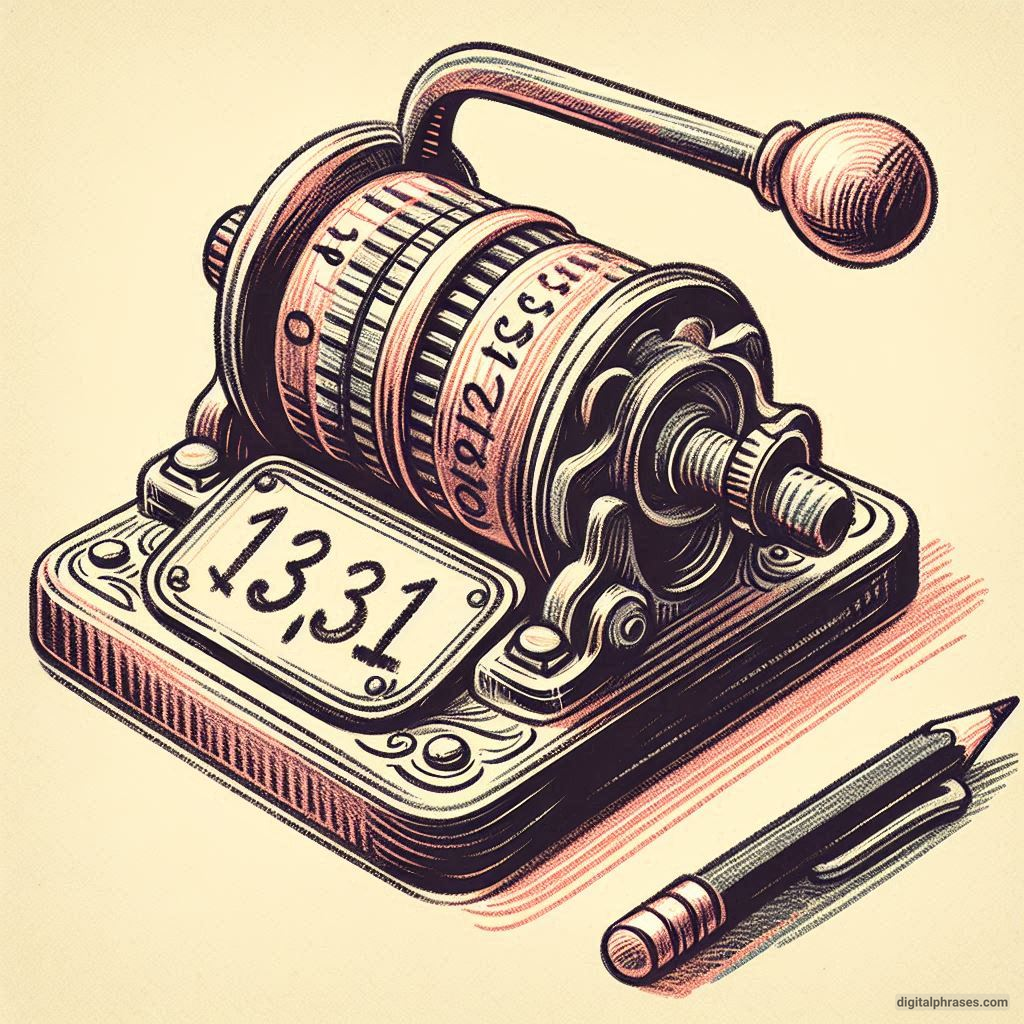
10
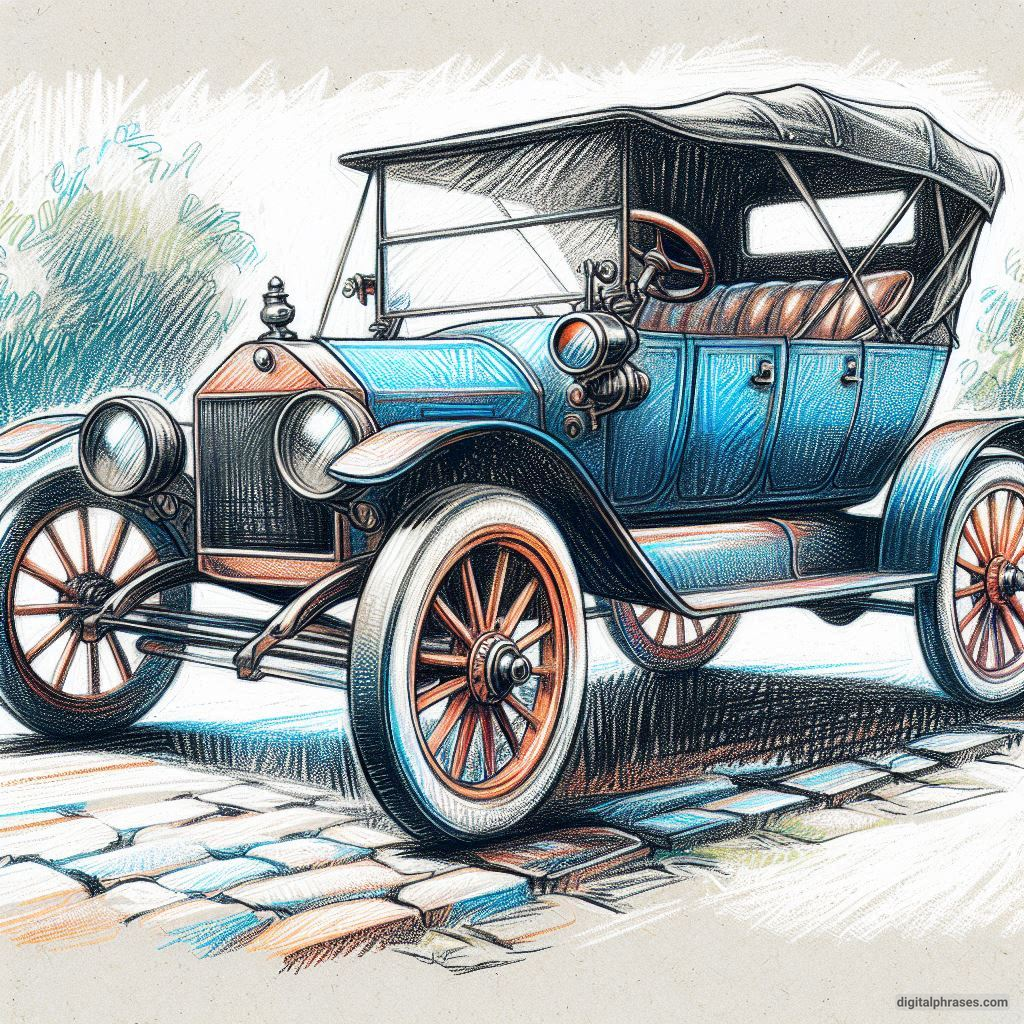
11

12

13

14

15

16

17

18

19
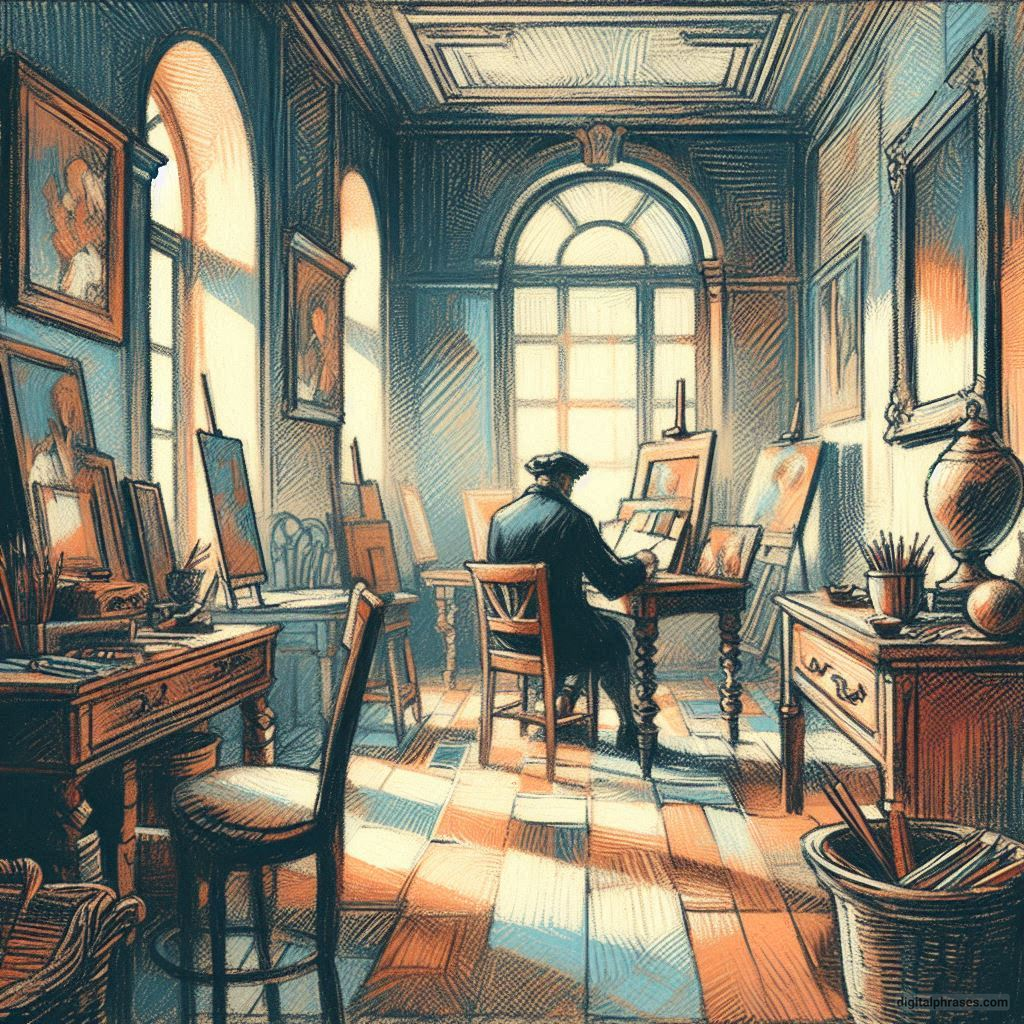
20
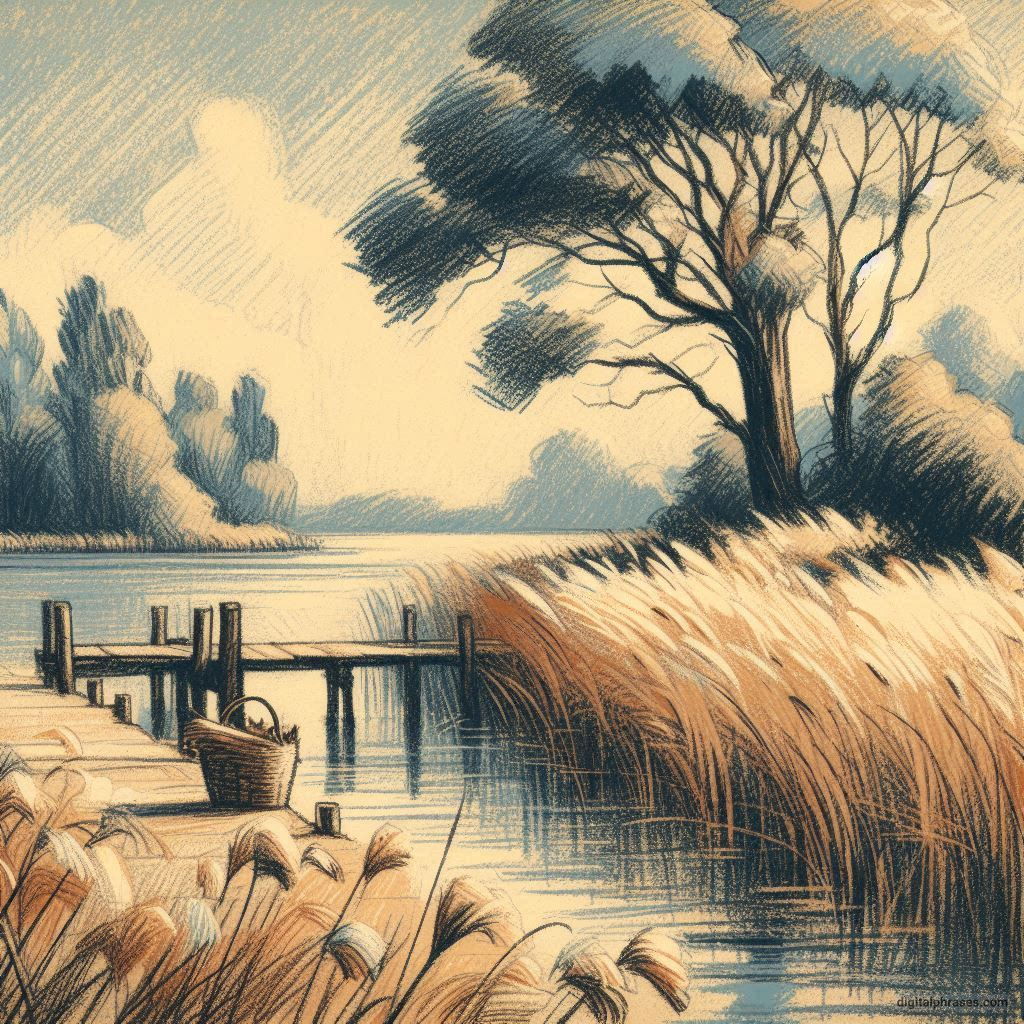
21
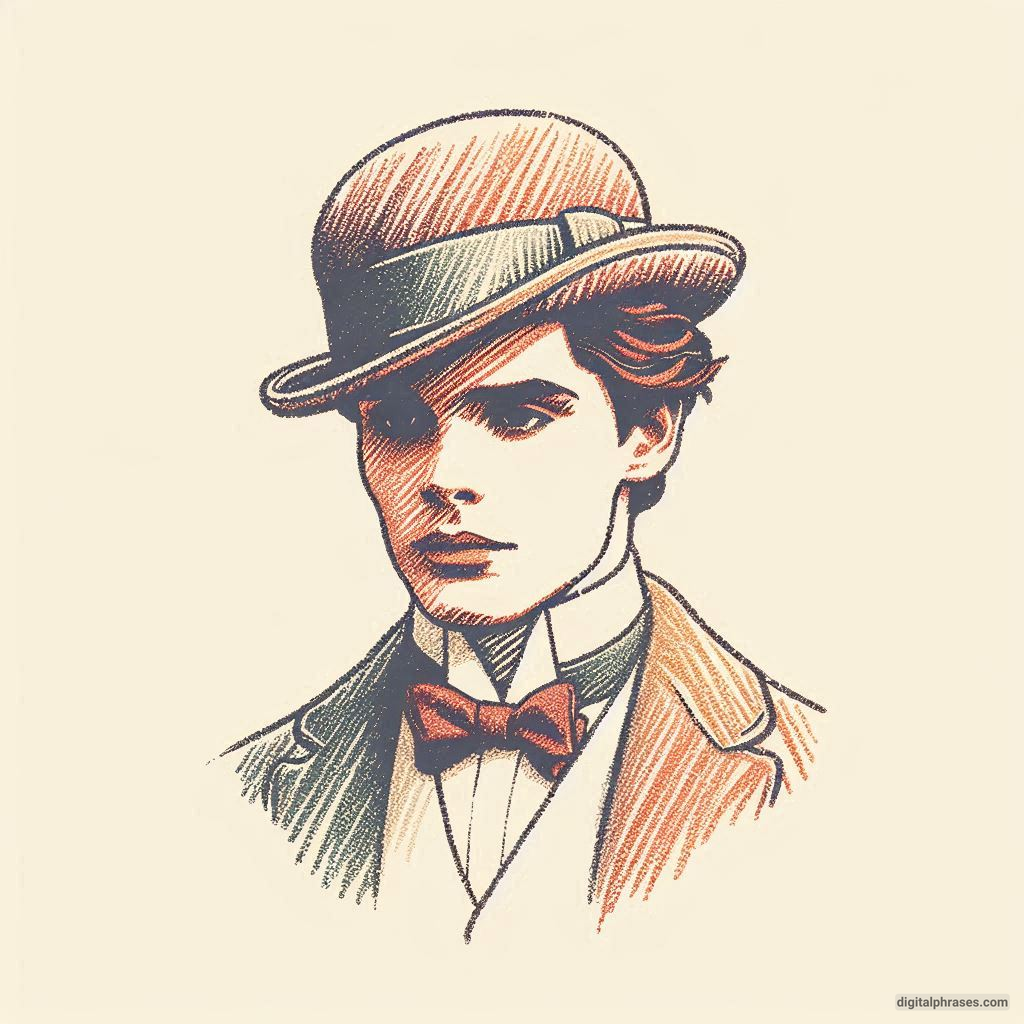
22
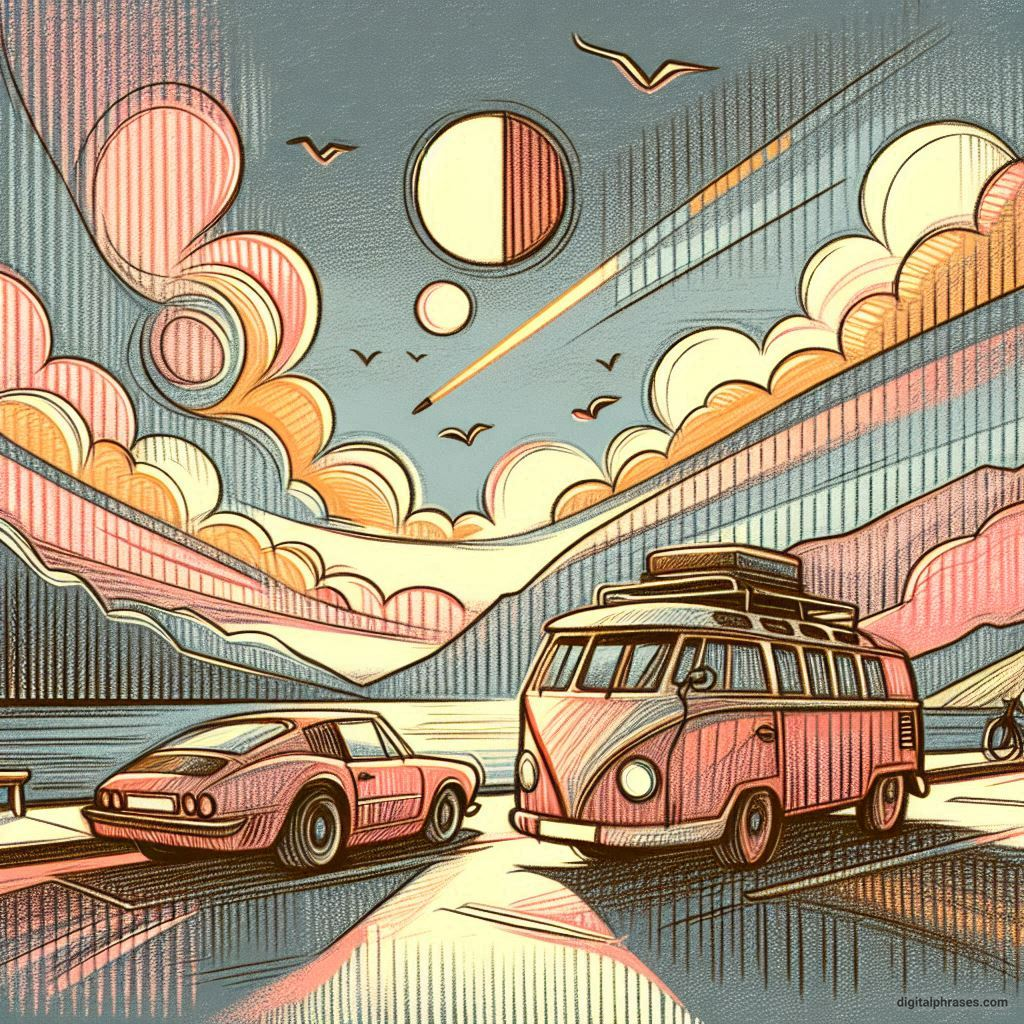
Watercolor Paintings
1
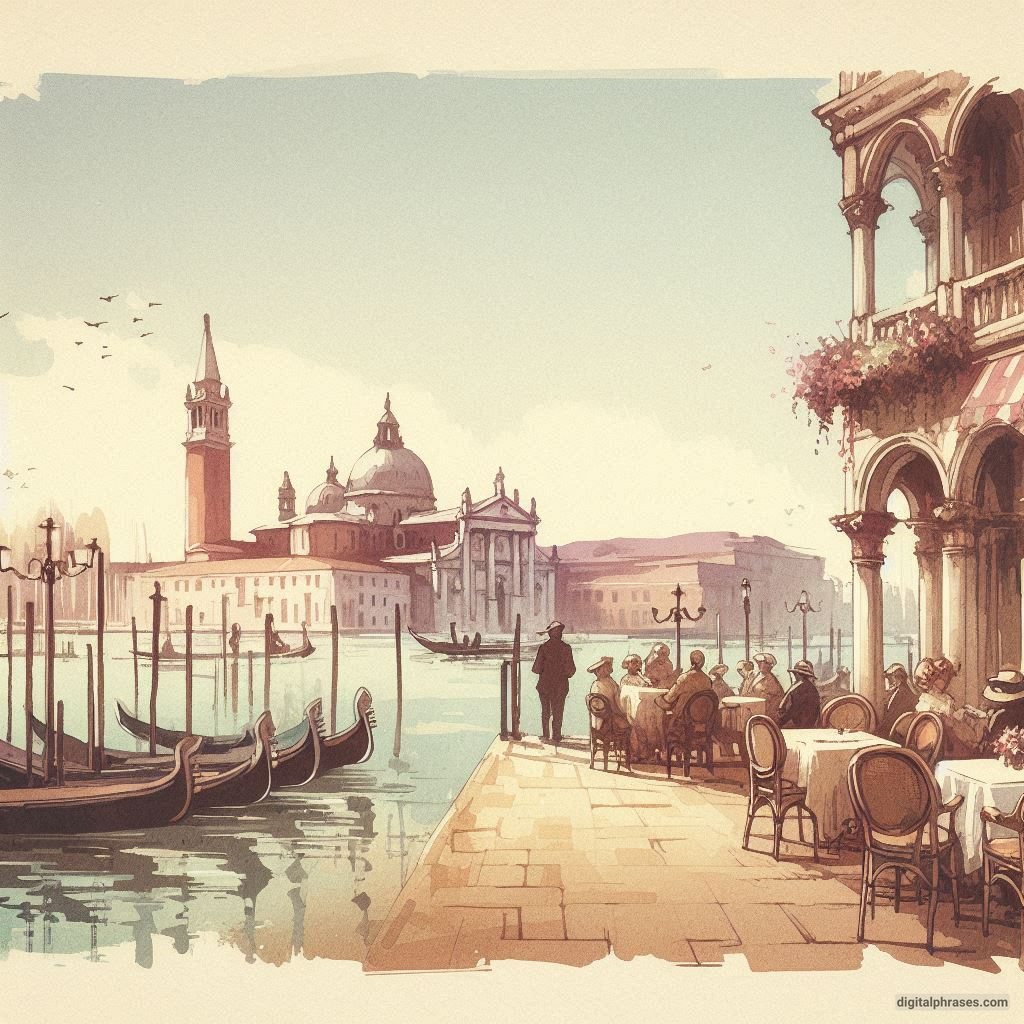
2
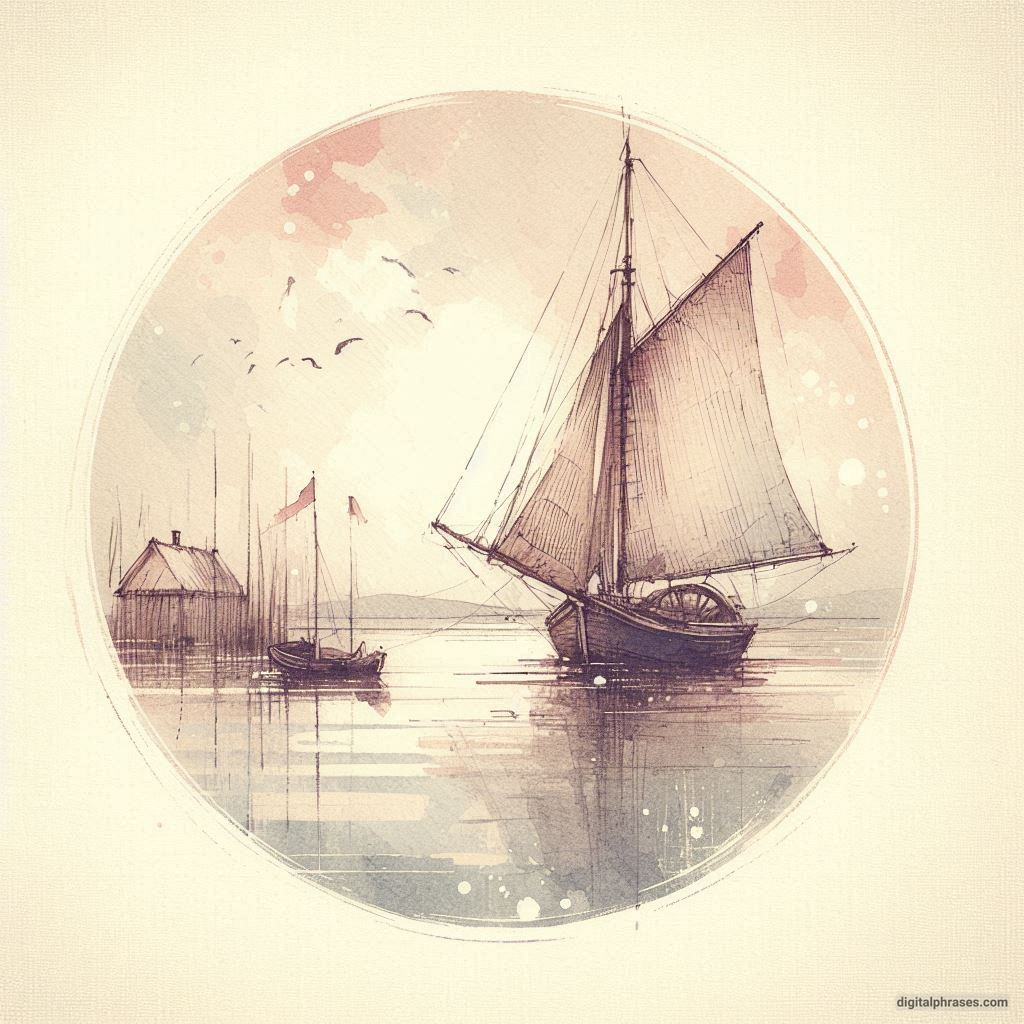
3

4

5
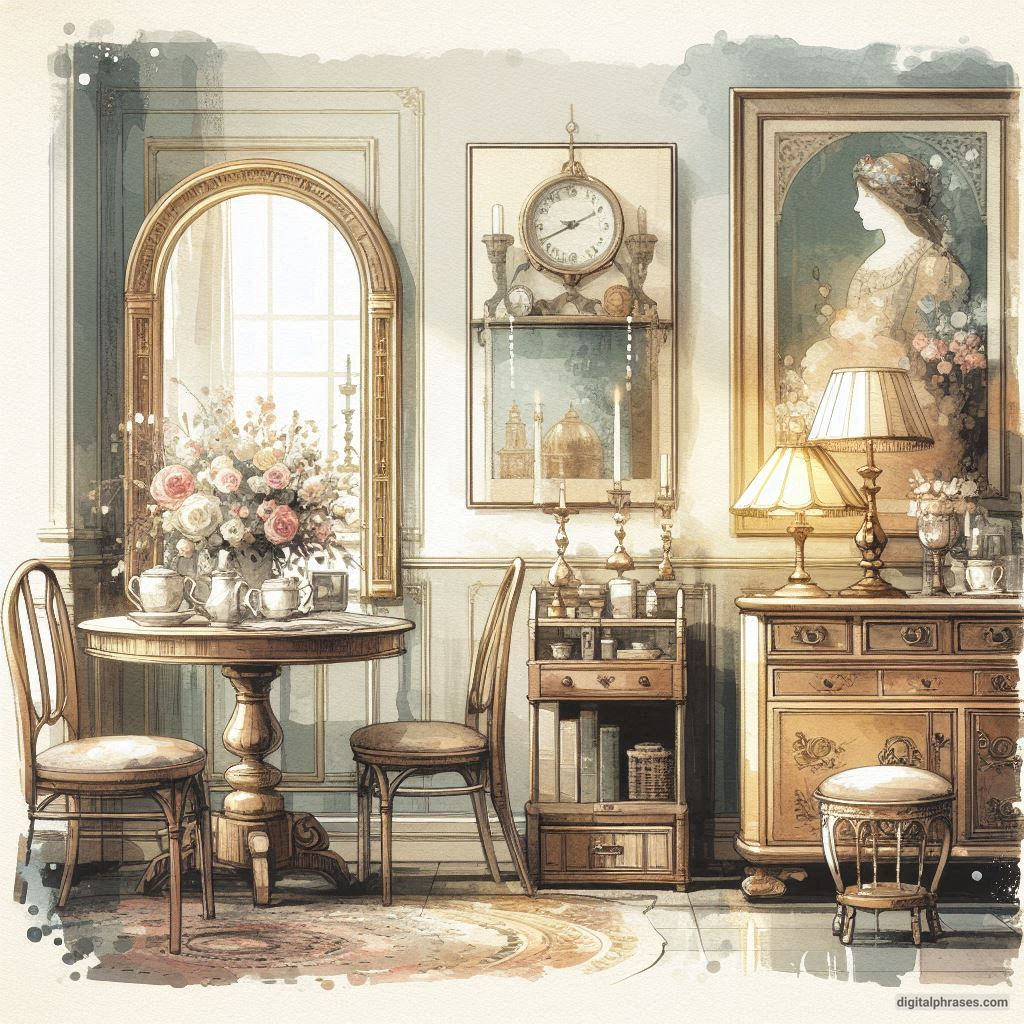
6
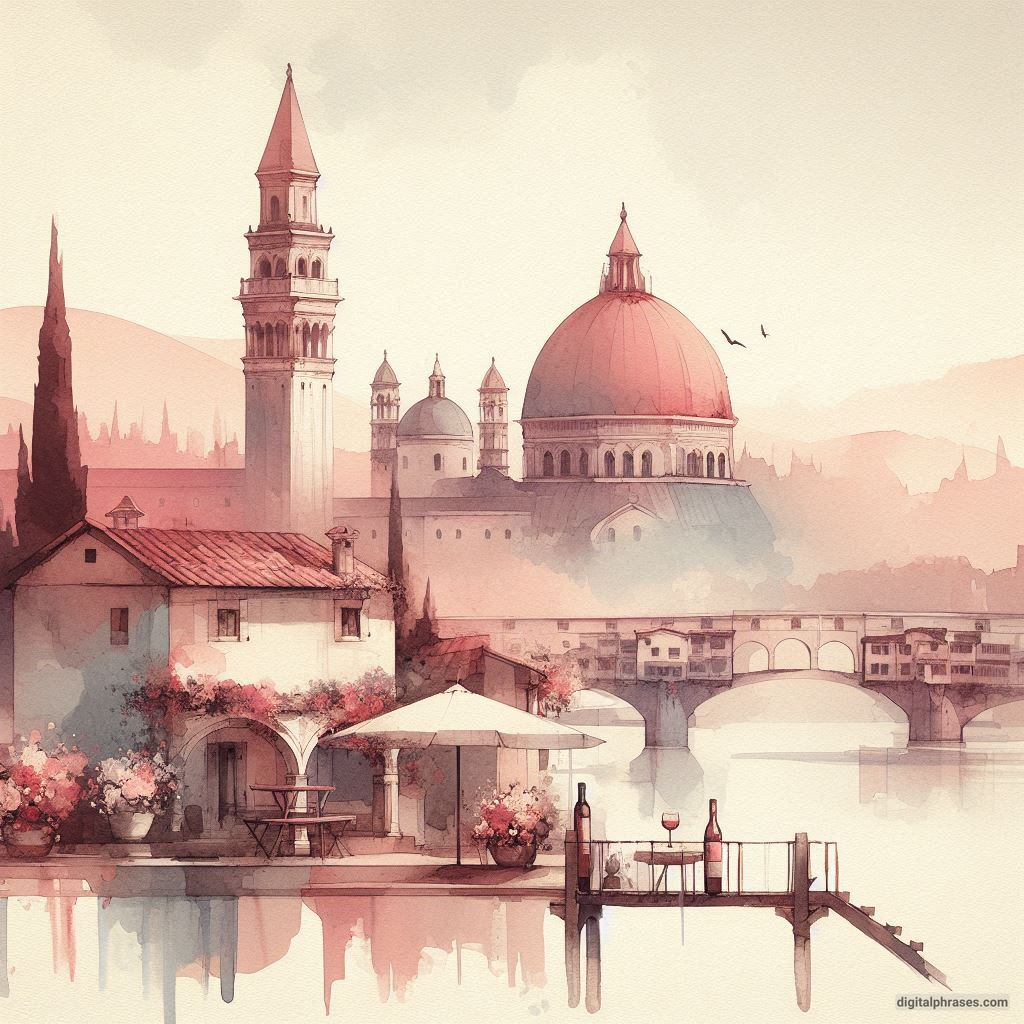
7
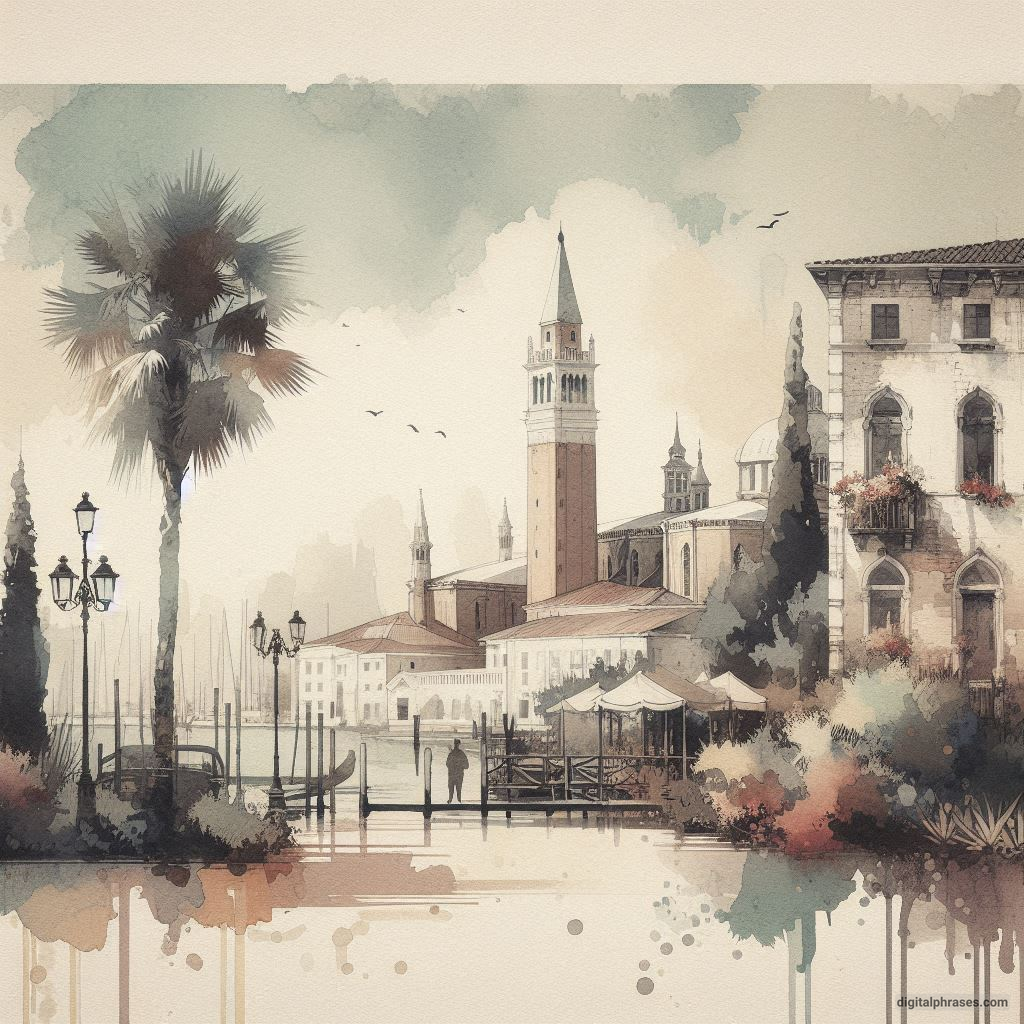
8

9
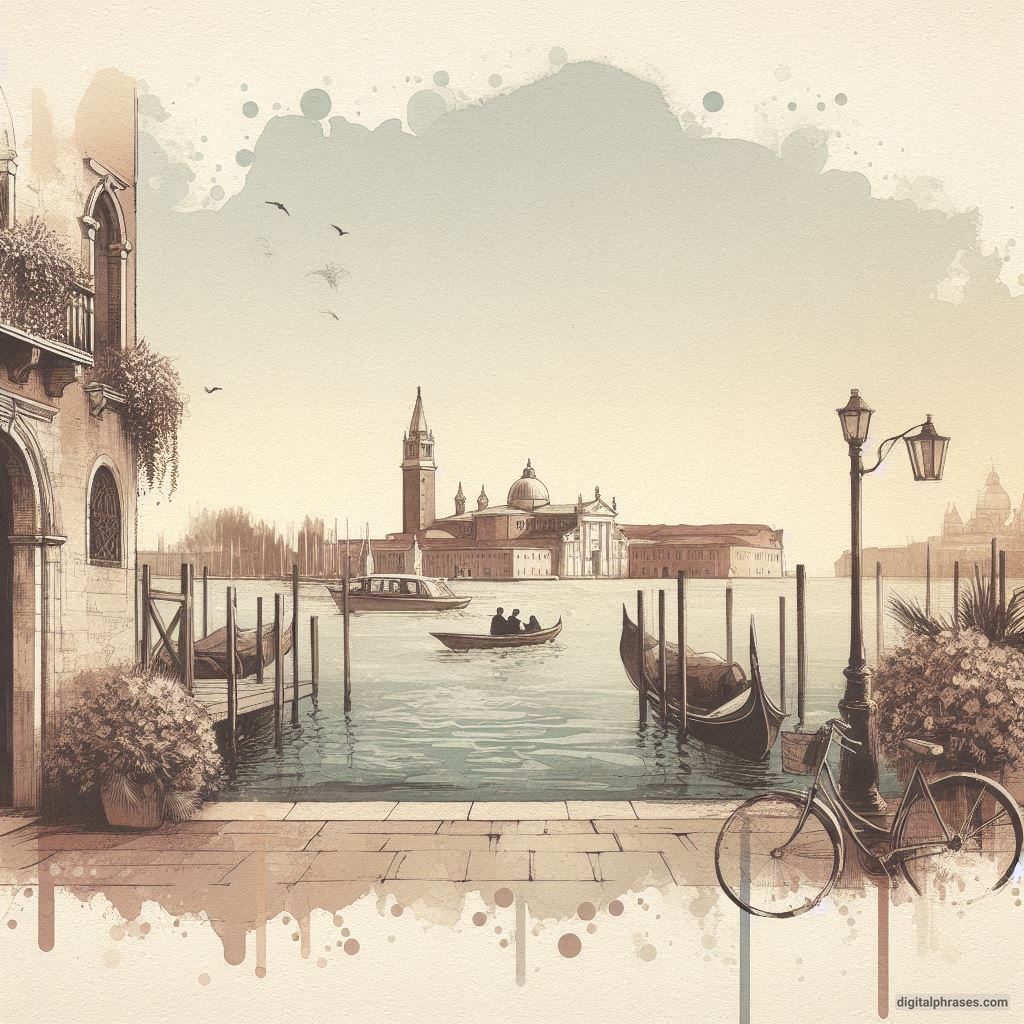
10
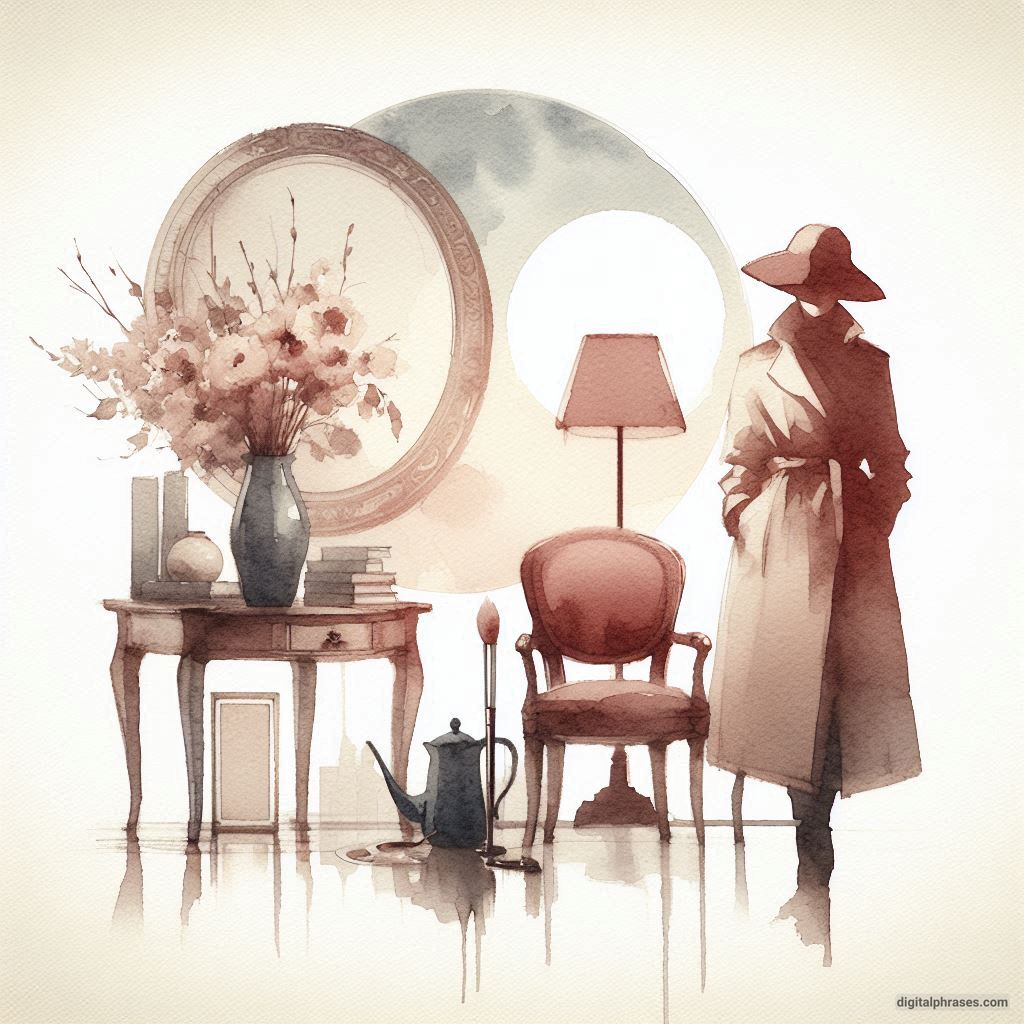
11
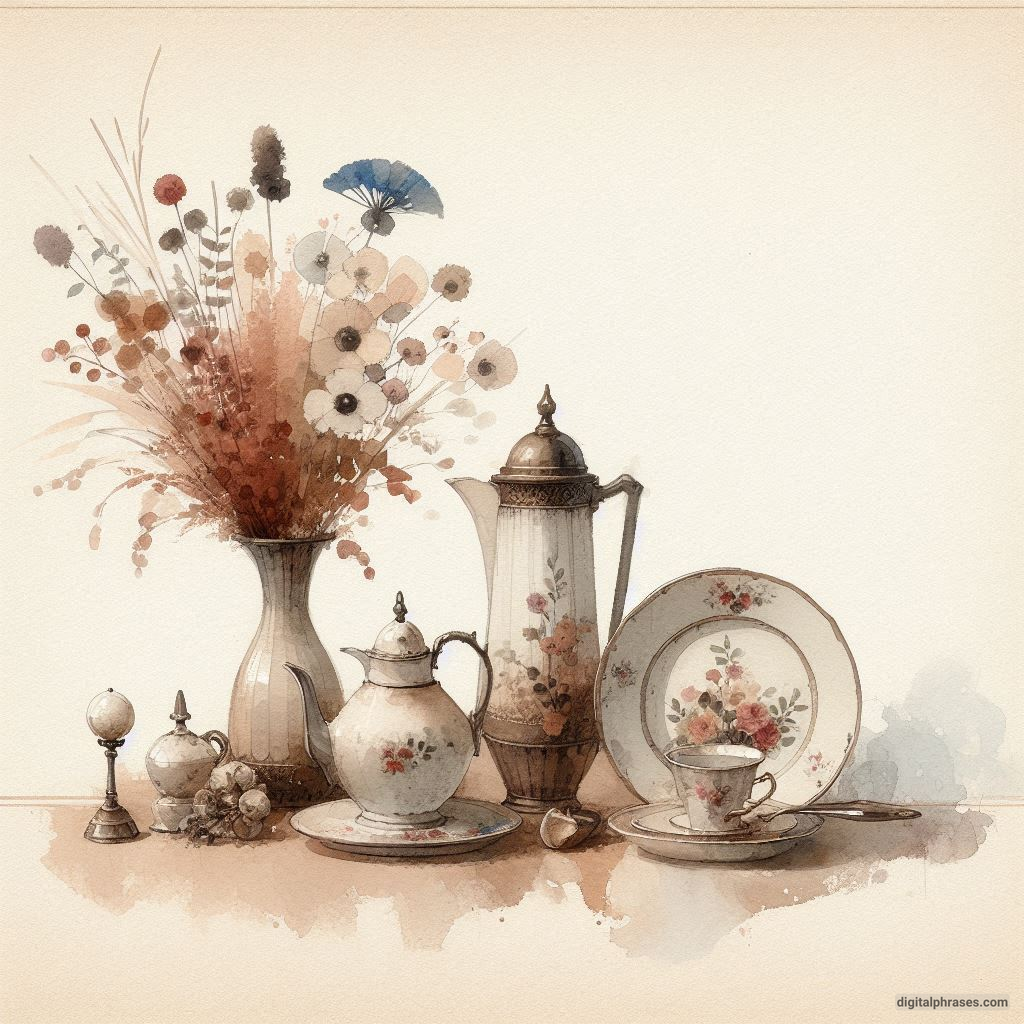
12

13
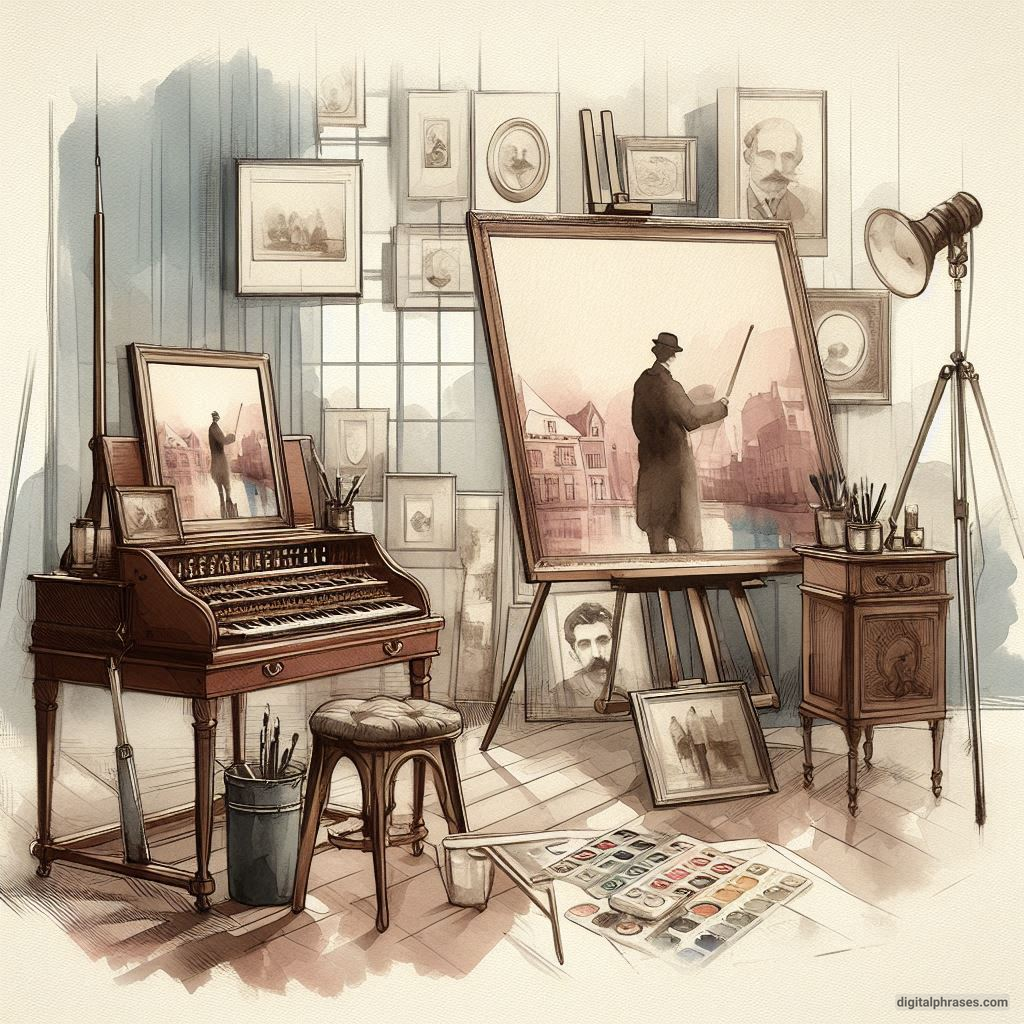
14
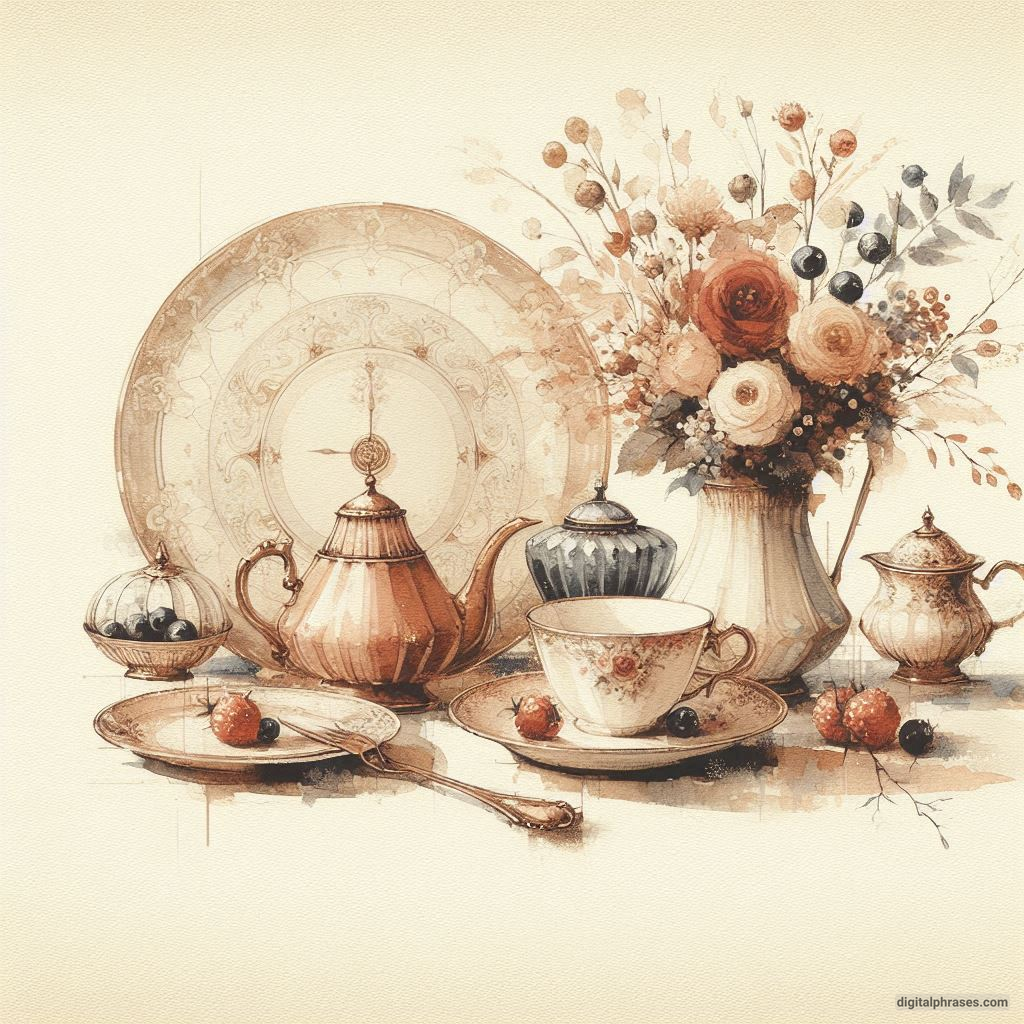
15
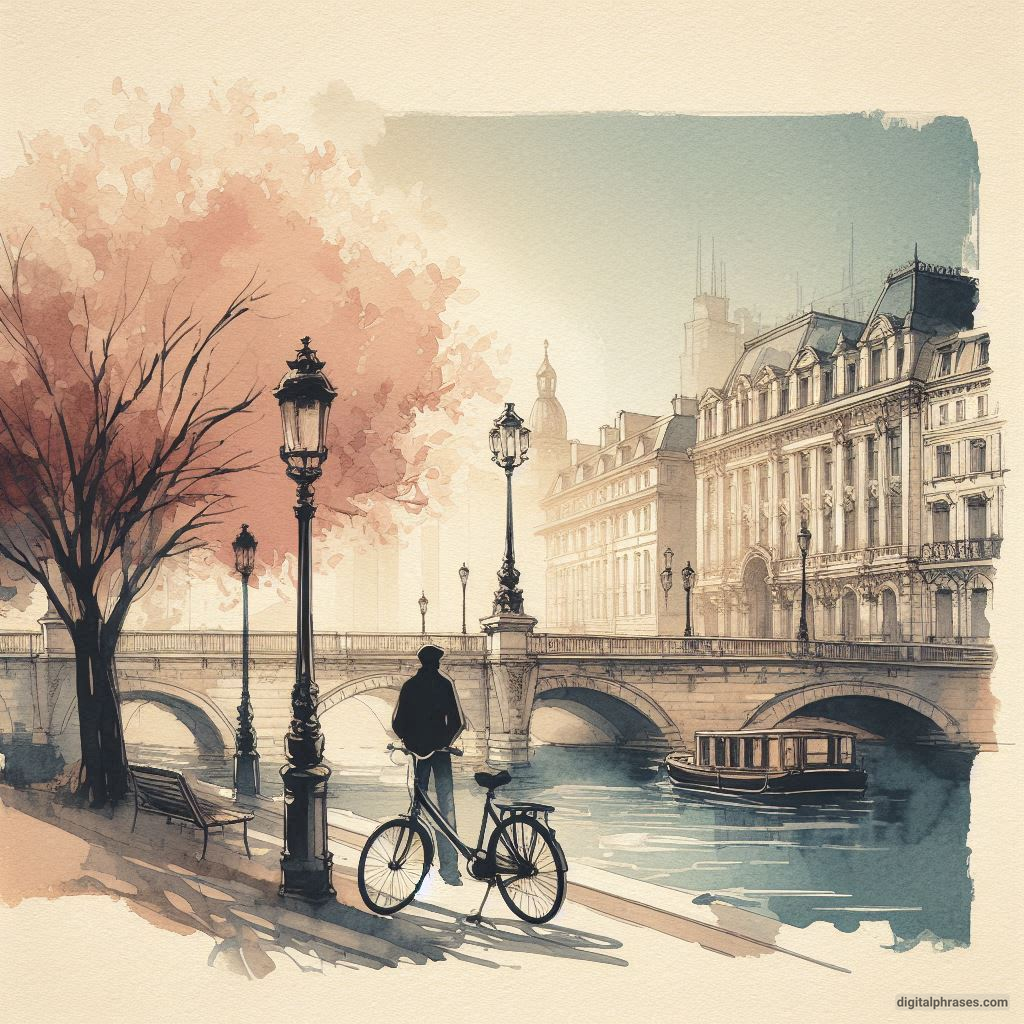
16

17
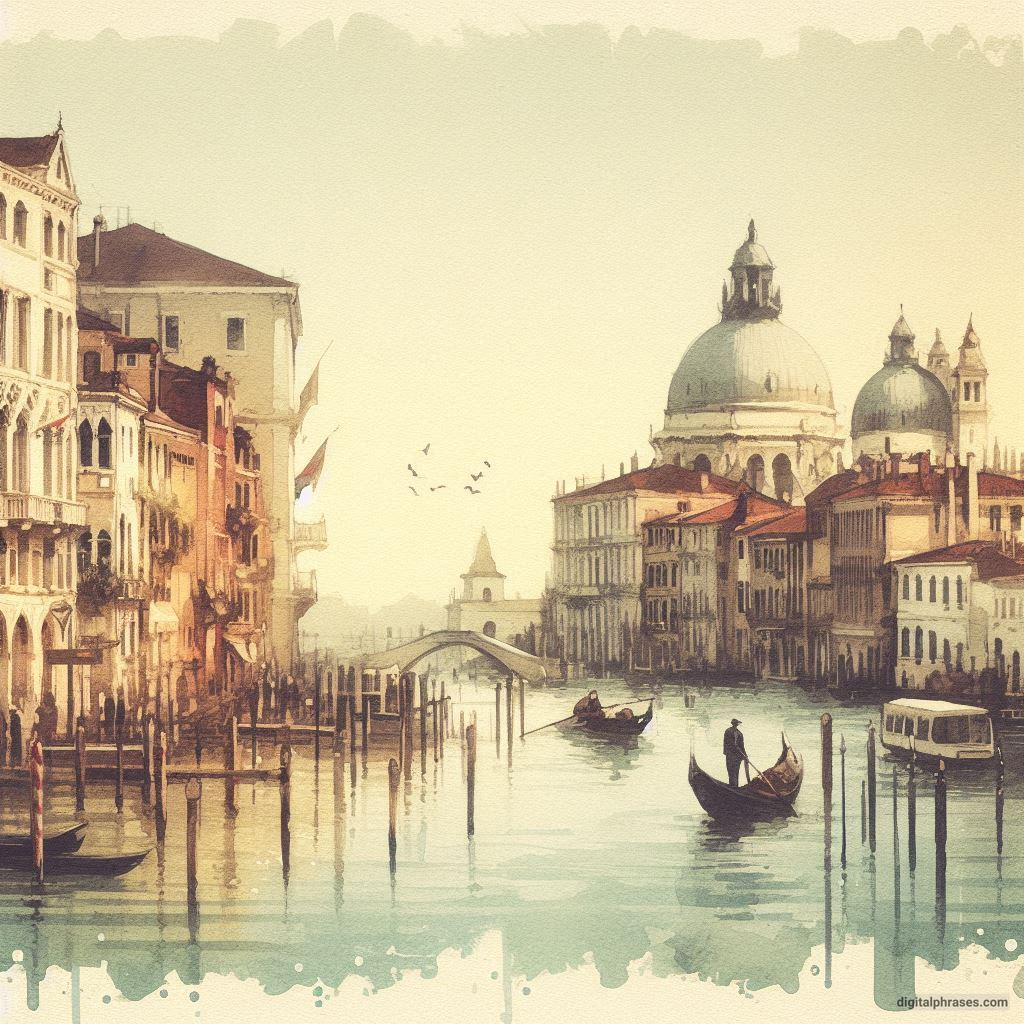
18

19
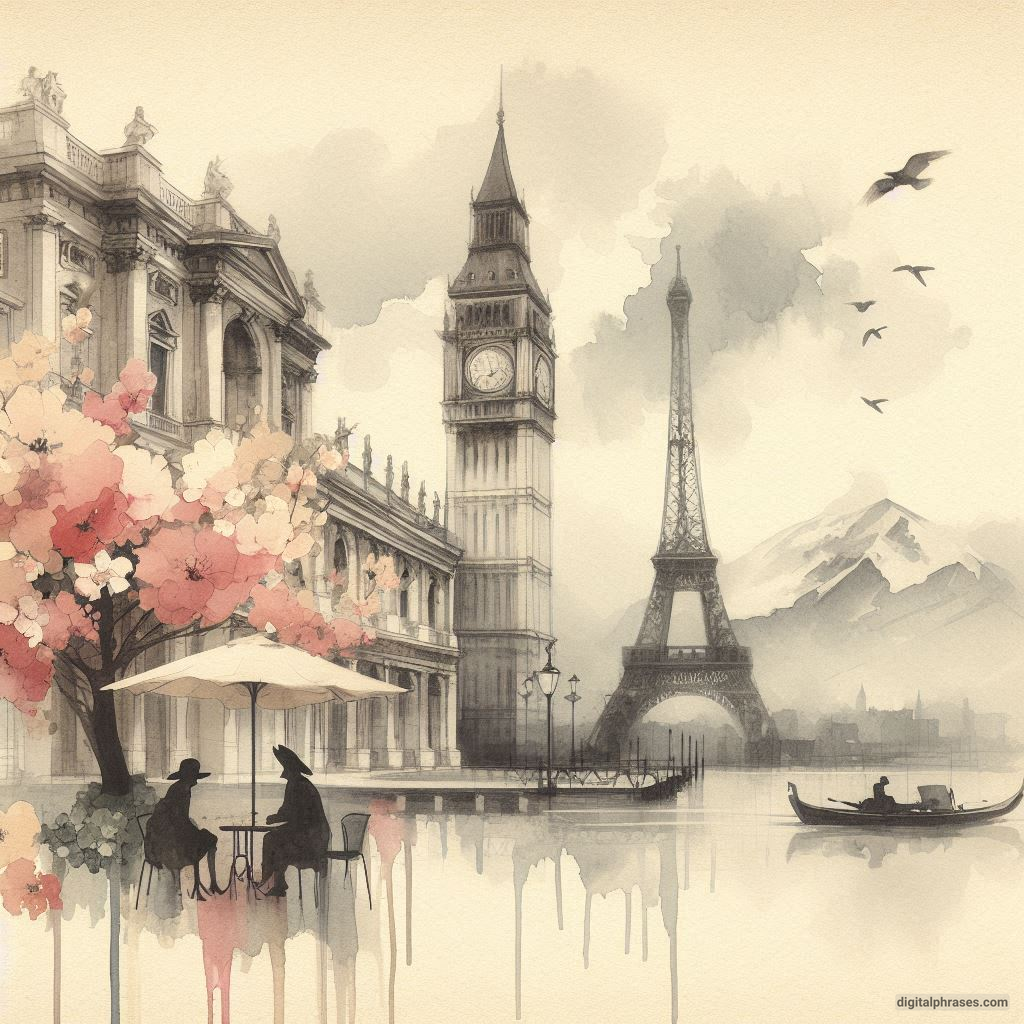
20
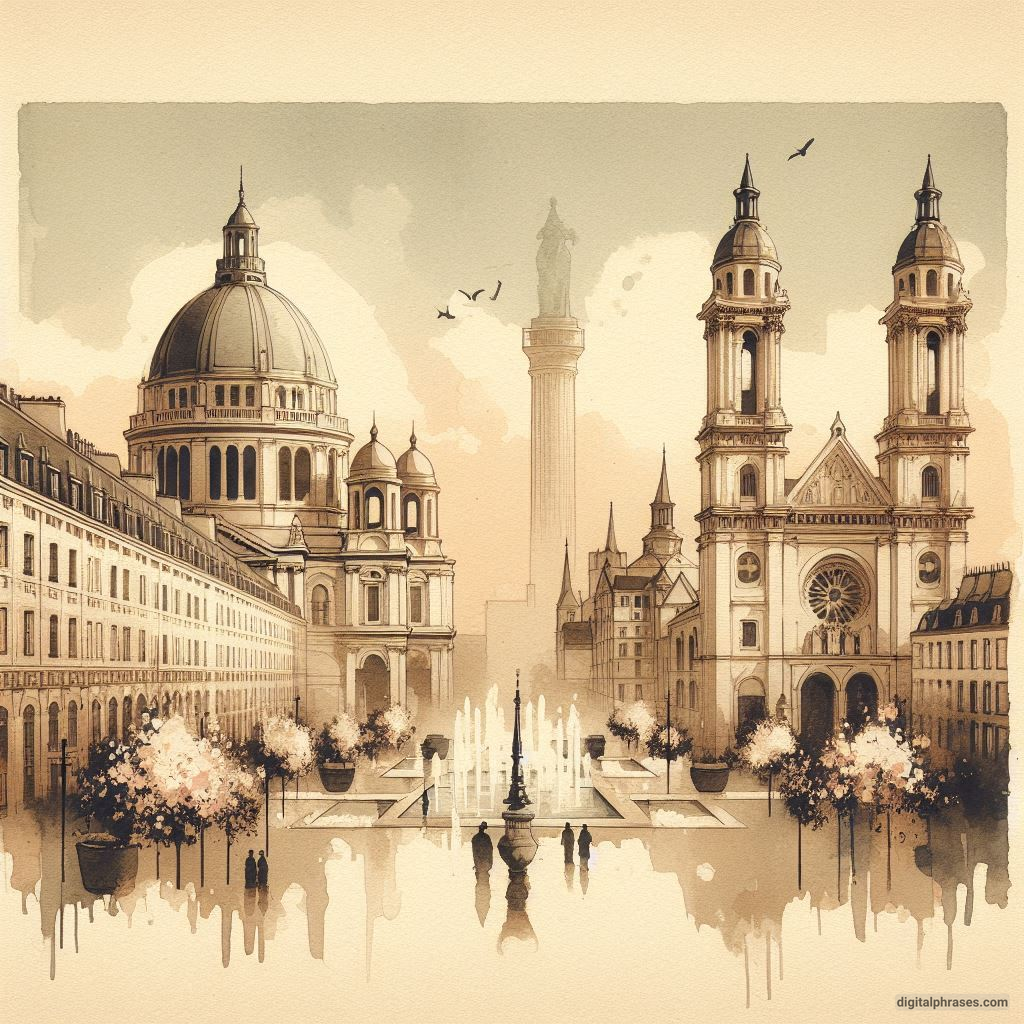
21
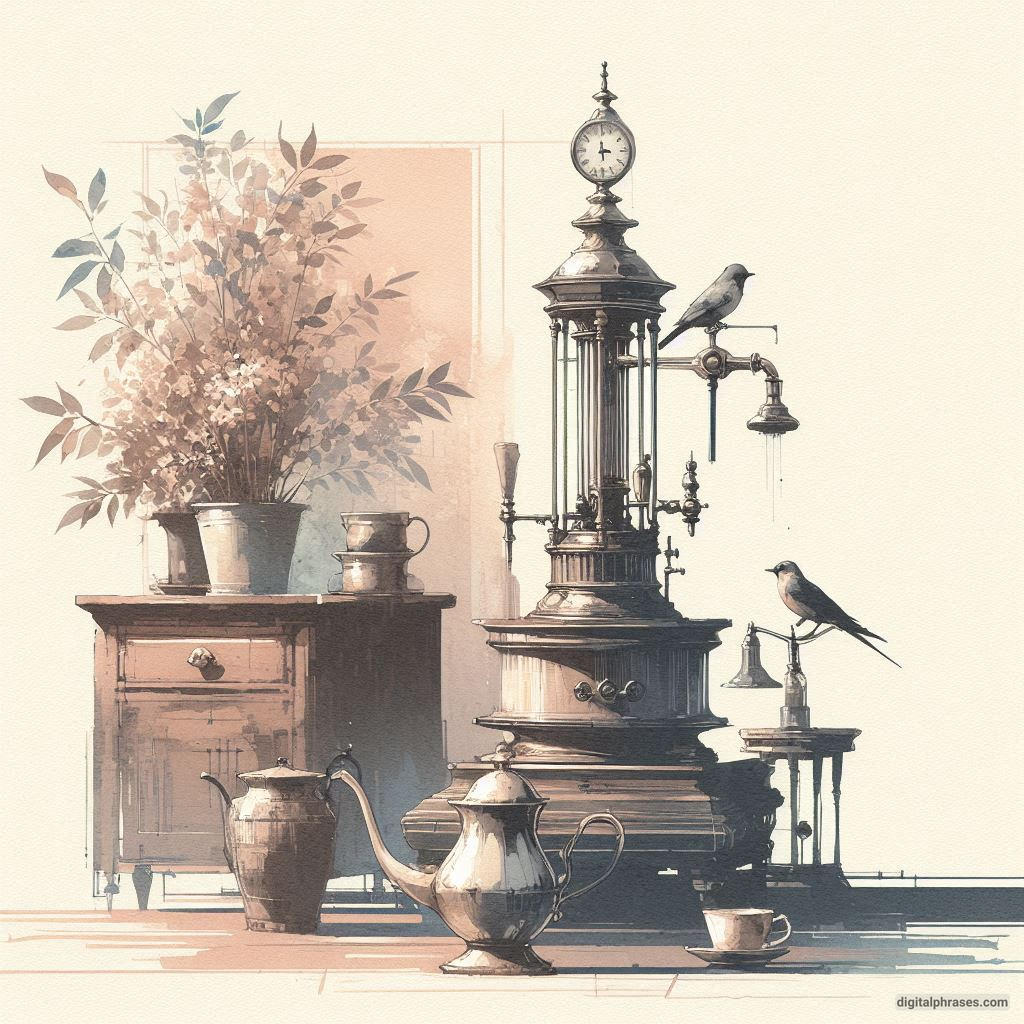
22
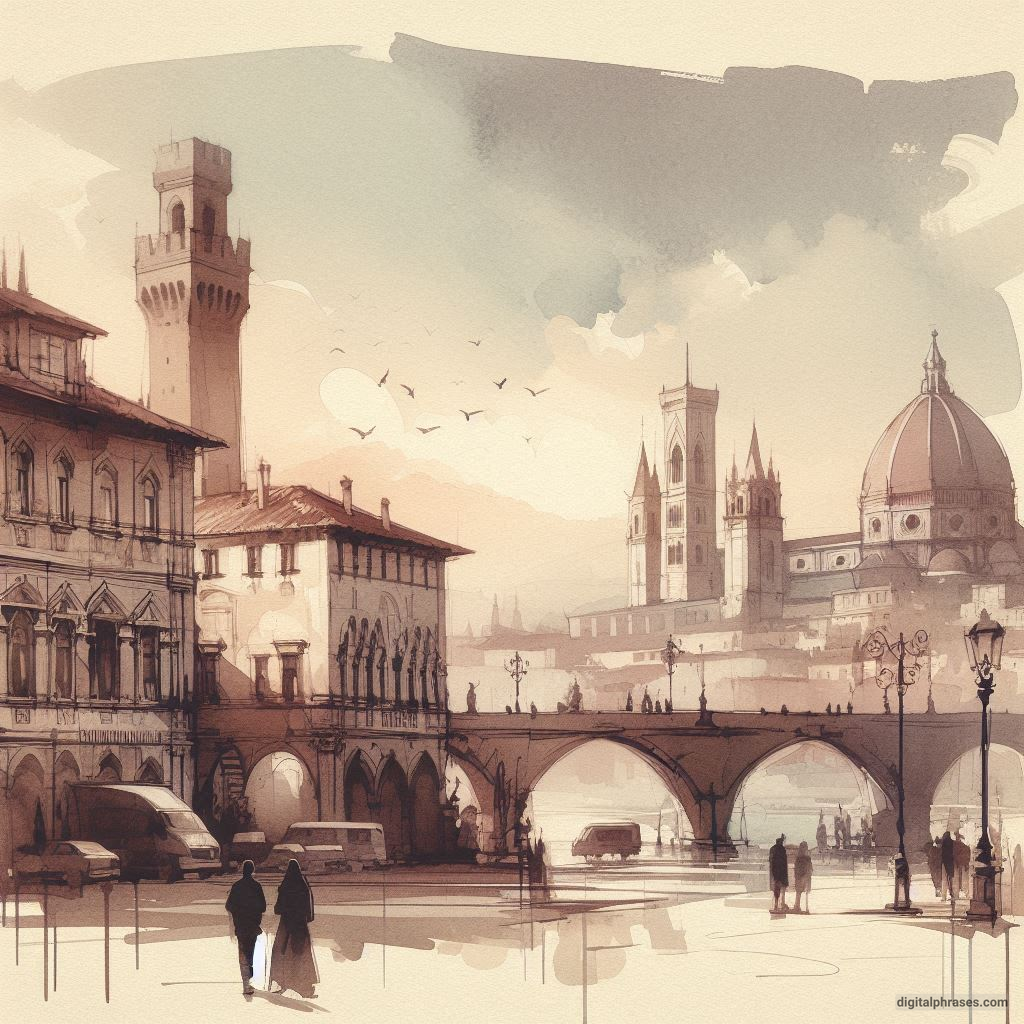
How To Capture The Essence Of Vintage Art?
1. Understanding the Historical Context
One of the most crucial aspects of drawing something vintage is understanding the historical context of the era you wish to portray.
Vintage art is not just about replicating old styles; it’s about capturing the spirit and mood of a particular time.
- Research the Era: Start by immersing yourself in the history of the period you are interested in. Look at the socio-political environment, cultural trends, and technological advancements of that time. For example, the 1920s were characterized by the aftermath of World War I, leading to the Roaring Twenties, a decade of economic prosperity and cultural flourishing. Understanding these aspects can help you infuse your artwork with authenticity.
- Study Vintage Art and Design: Analyze artwork, advertisements, fashion, and architecture from the era. Pay attention to common themes, color palettes, and the emotional tone of the pieces. For example, the Art Deco movement of the 1920s and 1930s features bold geometric shapes, lavish ornamentation, and a sense of luxury that reflects the optimism and opulence of the time.
2. Choosing the Right Style
Different eras have distinct artistic styles that can greatly influence how you approach your vintage drawing. Here’s a breakdown of a few popular vintage styles:
- Art Nouveau (1890-1910): Characterized by flowing lines, natural forms, and ornate details, Art Nouveau was heavily influenced by nature and organic shapes. When drawing in this style, focus on sinuous lines, floral motifs, and intricate patterns.
- Art Deco (1920s-1930s): Known for its geometric shapes, symmetry, and lavish use of gold and metallics, Art Deco is all about glamour and sophistication. This style is perfect for creating elegant, stylized figures, and luxurious settings.
- Mid-Century Modern (1940s-1960s): This style is minimalistic and functional, often featuring clean lines, bold colors, and simple forms. It’s great for creating scenes that are both retro and timeless.
- Pop Art (1950s-1960s): With its bold colors, graphic designs, and use of popular culture references, Pop Art is playful and vibrant. If you’re drawing something vintage with a modern twist, this style allows for creative experimentation.
Understanding the distinct characteristics of these styles will help you choose the right one for your drawing and ensure that your artwork feels cohesive and true to the era.
3. Mastering Color Palettes
Color plays a vital role in evoking a sense of time and place in vintage artwork. Different eras favored different color palettes, and using the correct colors can instantly transport the viewer back in time.
- Muted and Earthy Tones: Many vintage styles, particularly those from the early 20th century, favor muted, earthy tones like olive green, mustard yellow, and burgundy. These colors have a nostalgic feel and can add a warm, aged look to your artwork.
- Pastels: In the 1950s, pastel colors like mint green, baby blue, and soft pink were all the rage. These hues evoke a sense of innocence and optimism, perfect for depicting scenes from this era.
- Bold and Contrasting Colors: The Pop Art movement of the 1960s is known for its use of bright, bold colors and strong contrasts. If you’re drawing something with a more vibrant, youthful energy, this color palette is ideal.
When selecting your color palette, consider how the colors work together to create the desired mood and how they can enhance the vintage feel of your artwork.
4. Paying Attention to Textures and Materials
Vintage art often involves a rich variety of textures and materials that contribute to its distinctive look and feel. Incorporating these textures into your drawing can add depth and authenticity.
- Paper Textures: When working digitally, consider using paper textures to mimic the look of old posters or magazine pages. A subtle grain or faded edges can make your artwork feel more vintage.
- Clothing and Fabric: Pay close attention to the textures of clothing from the era you’re depicting. For example, the 1920s featured luxurious fabrics like silk and velvet, while the 1950s were known for crisp cotton dresses and polyester. Replicating these textures in your drawing can enhance its realism.
- Aged Effects: Adding wear and tear, such as faded colors, scratches, or wrinkles, can give your artwork an aged look. These effects can be applied digitally or through traditional media like pencils, ink, or watercolor.
5. Focus on Composition and Layout
The composition and layout of vintage artwork are often as distinctive as the styles and colors used. To create a truly vintage feel, consider the following compositional elements:
- Symmetry and Balance: Many vintage styles, particularly Art Deco, emphasize symmetry and balance. A well-balanced composition can create a sense of harmony and order that is characteristic of these periods.
- Use of Negative Space: Vintage posters and advertisements often made clever use of negative space, allowing the main subject to stand out. This can be an effective way to highlight important elements in your drawing.
- Typography: If your vintage drawing includes text, choose fonts that are appropriate for the era. Art Nouveau features ornate, flowing script, while Art Deco is known for bold, geometric lettering. The right typography can greatly enhance the vintage feel of your artwork.
6. Capturing the Spirit of the Era
Beyond style and technique, capturing the spirit of the era is essential in creating authentic vintage artwork. Consider the following when drawing:
- Mood and Emotion: What was the general mood of the era? Was it optimistic and carefree, or more serious and reflective? For example, the Great Depression of the 1930s influenced art with a more somber and introspective tone, while the post-war 1950s were marked by a sense of prosperity and hope. Reflecting this mood in your artwork can make it feel more genuine.
- Cultural References: Incorporate cultural references that are specific to the era, such as fashion trends, popular products, or famous personalities. These details can add an extra layer of authenticity to your work.
- Historical Accuracy vs. Artistic Interpretation: Decide how much historical accuracy you want to maintain. While some artists prefer to stick closely to historical details, others choose to interpret vintage styles in a more modern or abstract way. Both approaches can be valid, depending on your artistic vision.
7. Techniques for Creating Vintage Art
There are several techniques you can use to create vintage art, whether you’re working traditionally or digitally.
- Traditional Media: Using traditional media like pencil, ink, watercolor, or gouache can give your artwork a naturally vintage feel. The texture of the paper and the organic nature of the materials contribute to the overall aesthetic.
- Digital Techniques: If you’re working digitally, there are many tools and effects that can help you achieve a vintage look. Consider using grainy textures, sepia tones, or distressed effects. Digital brushes that mimic traditional media can also add an authentic touch.
- Layering and Aging: To give your artwork an aged look, try layering different textures and adding subtle imperfections like smudges, scratches, or fading. These effects can make your artwork look like it has been lovingly preserved over the years.
8. Adding Your Personal Touch
While it’s important to stay true to the vintage aesthetic, don’t forget to inject your personal style into your work. Vintage art doesn’t have to be a mere replication of the past; it can also be a blend of old and new, creating something uniquely yours.
- Mixing Eras: Don’t feel confined to one particular era. You can mix elements from different periods to create a piece that feels timeless yet nostalgic. For example, you might combine the bold colors of the 1960s with the delicate line work of Art Nouveau.
- Contemporary Twist: Add a modern twist to your vintage artwork by incorporating contemporary themes or techniques. This could involve reinterpreting a classic style through a modern lens or blending digital and traditional media.
- Expressive Elements: Use expressive elements that reflect your own artistic voice. Whether it’s through bold brushstrokes, unconventional color choices, or abstract forms, letting your creativity shine through will make your vintage artwork stand out.
9. Drawing Vintage Figures and Portraits
When drawing vintage figures or portraits, there are specific considerations to keep in mind:
- Fashion and Hairstyles: Research the fashion and hairstyles of the era you’re depicting. Clothing styles, accessories, and hairdos are crucial in establishing the time period. For example, flapper dresses and bobbed hair are iconic of the 1920s, while bell-bottoms and long, flowing hair are synonymous with the 1970s.
- Poses and Expressions: The way people posed for photographs or illustrations in different eras varied significantly. Vintage portraits often feature more formal, composed poses, with subtle, reserved expressions. Capturing these details can enhance the authenticity of your figures.
- Facial Features: Consider how makeup and beauty standards of the time influenced facial features. For example, the 1920s emphasized thin eyebrows and dark lips, while the 1950s favored fuller lips and dramatic eyeliner. These small details can make a big difference in your drawing.
10. Creating Vintage-Inspired Environments
The environment in which your vintage subjects are placed is just as important as the subjects themselves. Here are some tips for creating authentic vintage settings:
- Architecture and Interior Design: Research the architectural styles and interior design trends of the era. Whether it’s the sleek, modernist interiors of the mid-century or the ornate, gilded spaces of the Victorian era, these details can set the scene for your vintage drawing.
- Props and Accessories: Include props and accessories that are characteristic of the time. This could be anything from an old-fashioned telephone to a vintage car. These elements help to create a sense of time and place.
- Lighting and Atmosphere: Consider the lighting and atmosphere of your scene. Vintage settings often have a soft, warm glow, with gentle shadows and a muted color palette. Achieving the right lighting can greatly enhance the mood of your artwork.
11. Staying Inspired and Motivated
Creating vintage art can be a time-consuming process, especially when you’re striving for authenticity. Here are some tips to stay inspired and motivated:
- Visit Museums and Galleries: Seeing vintage art and design in person can be incredibly inspiring. Visit museums, galleries, or even vintage shops to immerse yourself in the aesthetics of the past.
- Collect Vintage Items: Building a collection of vintage items, whether it’s old photographs, postcards, or fabrics, can provide a tactile source of inspiration for your artwork.
- Join Vintage Art Communities: Engaging with other artists who share your passion for vintage styles can provide support, feedback, and inspiration. Consider joining online forums, social media groups, or local art collectives.
12. The Evolution of Vintage Art in Modern Times
While vintage art draws from the past, it’s important to recognize its place in contemporary culture. Vintage styles have experienced numerous revivals, each time gaining new interpretations and audiences.
- Nostalgia and Modern Popularity: The resurgence of vintage aesthetics in modern culture, from fashion to interior design, is often driven by nostalgia. Understanding this connection can help you create art that resonates with contemporary audiences while honoring the past.
- Combining Vintage with Modern Trends: Artists today often blend vintage styles with modern trends, creating a hybrid that feels both timeless and fresh. Experimenting with this fusion can lead to exciting and original artwork.
- The Future of Vintage Art: As we continue to move forward, the definition of “vintage” will evolve. Keeping an eye on how modern interpretations of vintage styles develop will keep your work relevant and innovative.
Conclusion
Drawing something vintage is more than just an artistic exercise; it’s a journey through time.
By understanding the historical context, choosing the right style, mastering color palettes, and paying attention to textures and composition, you can create artwork that not only looks vintage but also captures the essence of the era.
Whether you’re drawing for personal enjoyment, creating illustrations for a project, or building a portfolio, these tips will help you infuse your work with authenticity and creativity.
Remember, while it’s important to honor the past, don’t be afraid to add your personal touch.
The best vintage art is not just a replication of history but a conversation between the past and the present, infused with the unique perspective of the artist.

